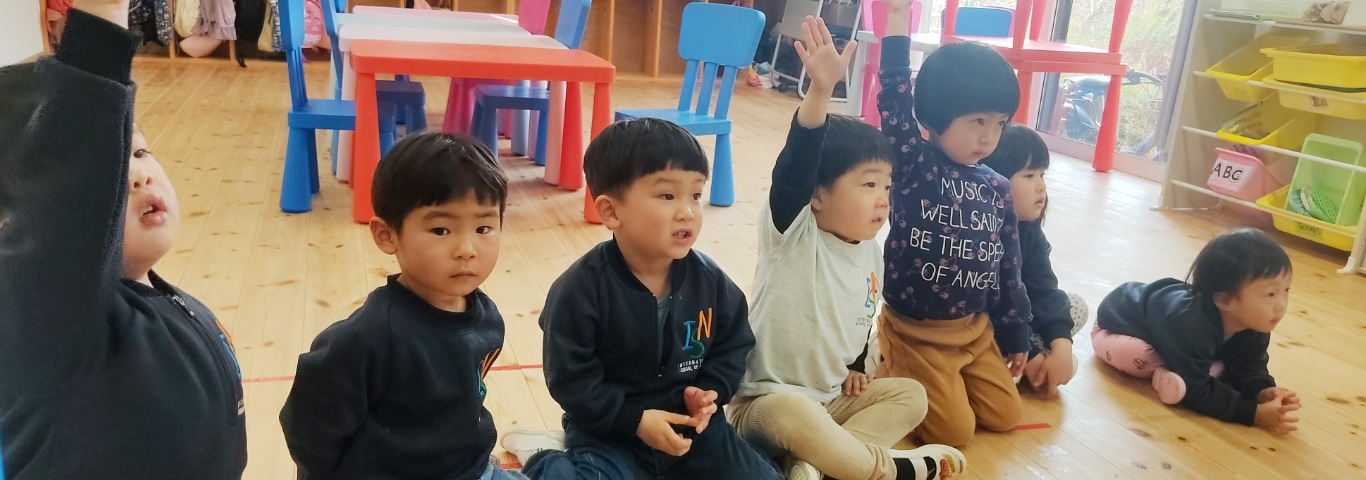Kind Words, Kind Hands! Canyon Nov. 15-19
優しい言葉、優しい手 サバンナ、キャニオン 11月15日~19日
Hello everyone!
みなさん、こんにちは。
This week Canyon/Savanna class finished their poster that we called “Kind Words, Kind Hands”. Last time we gave them a heart shaped paper and asked them what kind words they can say or use to communicate to people or what kind words they can say to make people happy, and we wrote down their answers on the paper. They answered: I like you, I love you, Are you okay, and Good morning. We also had their handprints on the big paper and the next day we asked them what kind actions they can do when communicating to people or what kind actions their hands can do. Some of their responses were: No pushing, Don’t punch, Holding hands, and Waving to say hello.
今週のCanyon/Savannaクラスは、”Kind Words, Kind Hands “と名付けたポスターを完成させました。前回は、ハート型の紙を渡して、「人に伝えるためにどんな親切な言葉を言えばいいかな」「人を喜ばせるためにどんな親切な言葉を言えばいいかな」という質問をして、その答えを紙に書きました。子どもたちは「好きです」「愛しています」「大丈夫ですか」「おはようございます」と答えました。また、大きな紙に手形をつけて、次の日に、人に伝えるときにどんな親切な行動ができるか、みんなの手がどの様な行動をするかを聞いてみました。子どもたちが答えてくれた一部を紹介しますね。「押してはいけない」「殴ってはいけない」「手をつなぐ」「手を振って挨拶をする」などでした。
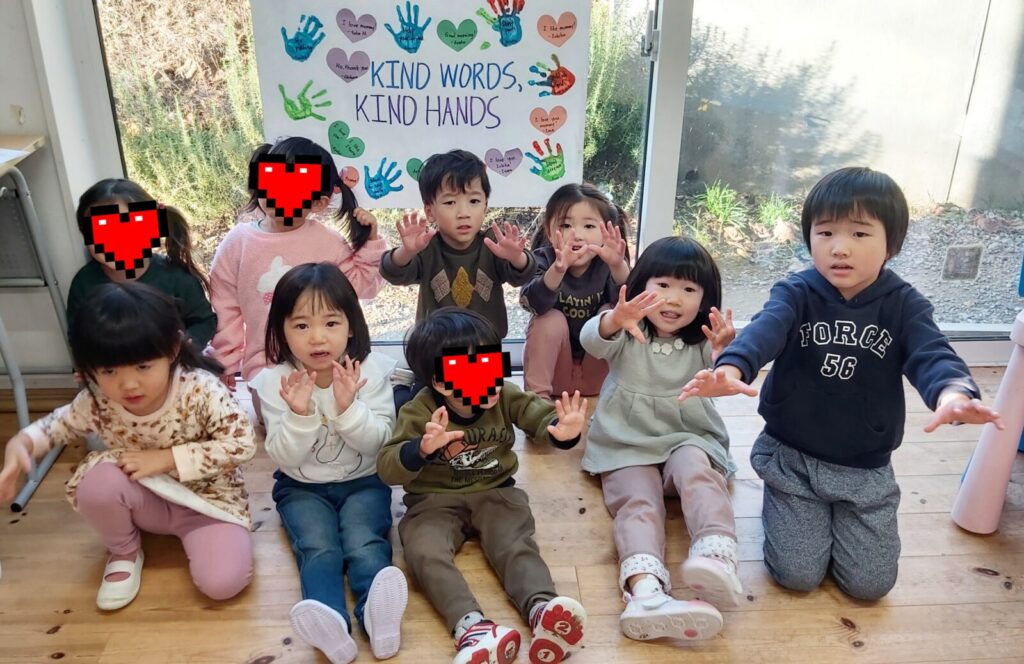

Another activity we did for UOI lesson was the Gesture Guessing Game. We can communicate with others without using words by using our body language or gestures. The teacher demonstrated some gestures and students guessed what the meanings were. The students also acted out those gestures and they did a great job! I was surprised when one student was able to answer the gesture which means “I have an idea.” and “I’m thinking.” Great job!
UOIレッスンで行ったもう一つのアクティビティは「ジェスチャー当てゲーム」です。私たちは言葉を使わなくても、ボディランゲージやジェスチャーを使って相手とコミュニケーションをとることができます。先生がいくつかのジェスチャーを披露して、子どもたちはその意味を考えます。子どもたちもそのジェスチャーを演じてみましたが、とても上手にできました。一人の子どもが、”I have an idea. “と “I’m thinking. “を意味するジェスチャーを答えられたときは驚きました。素晴らしいですね。
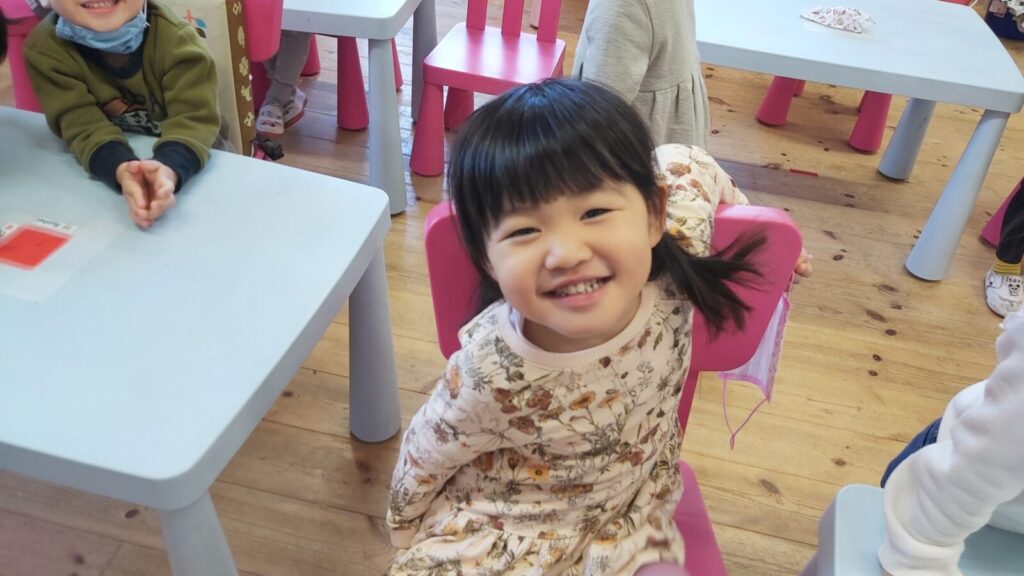
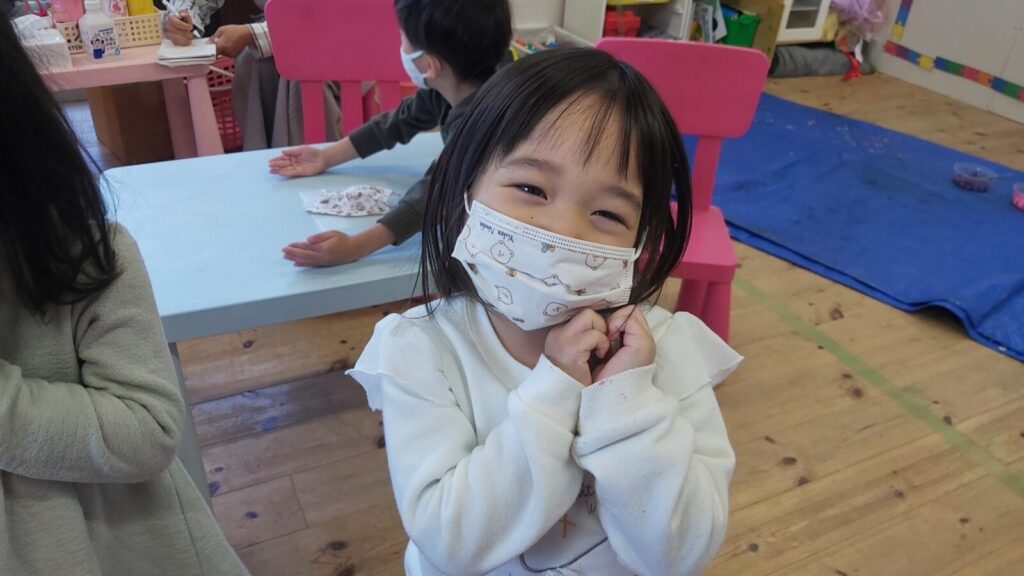
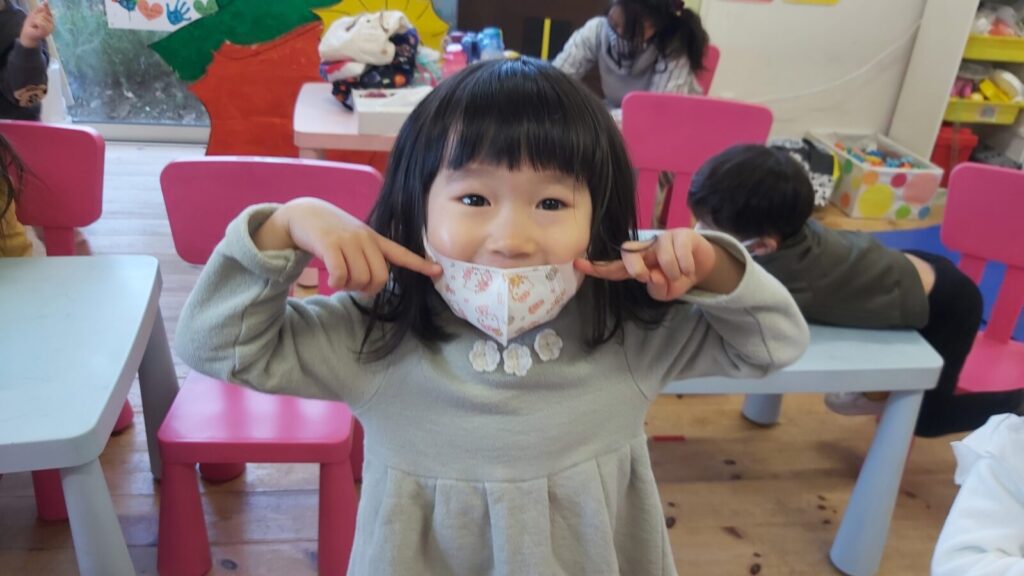
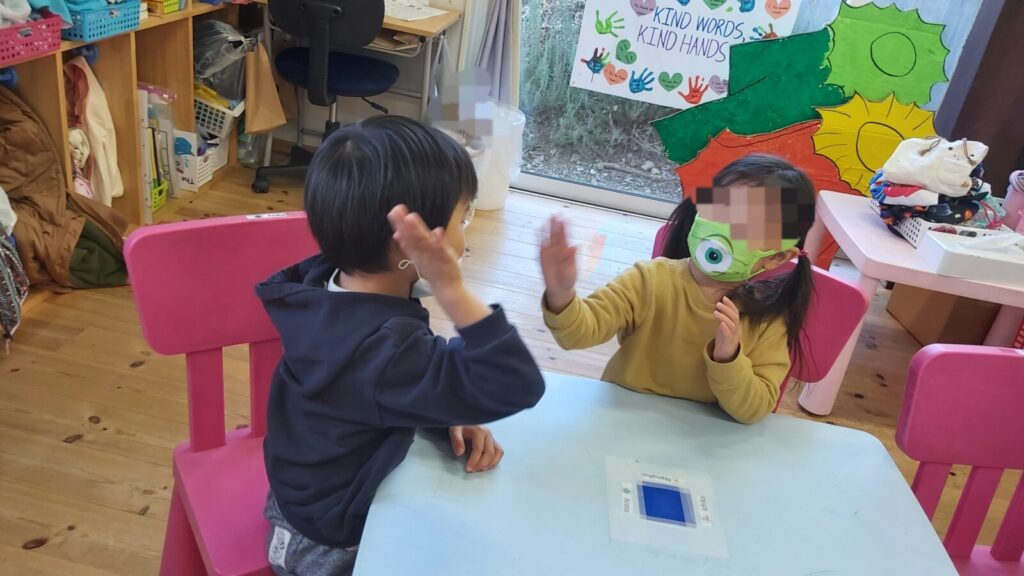
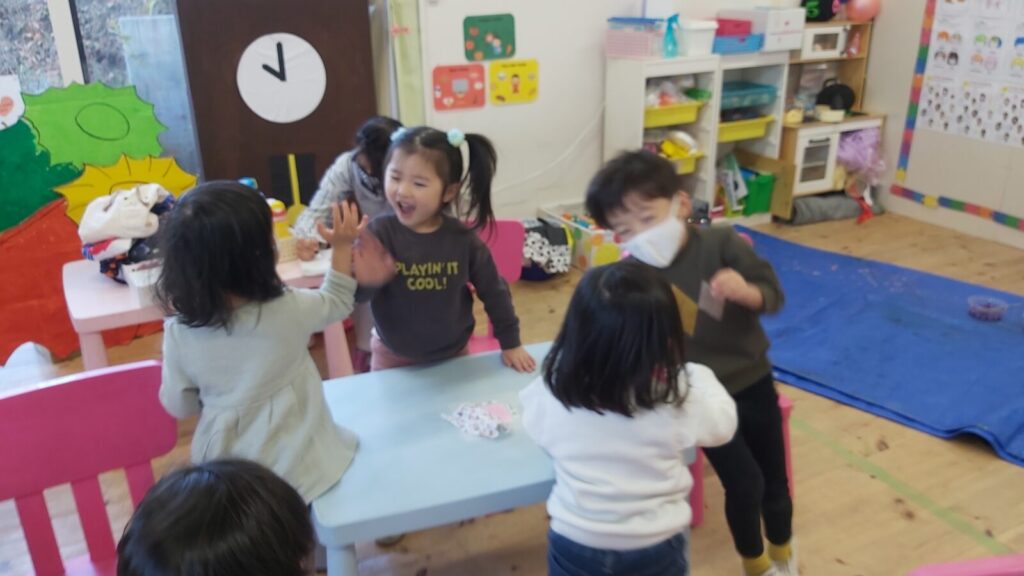
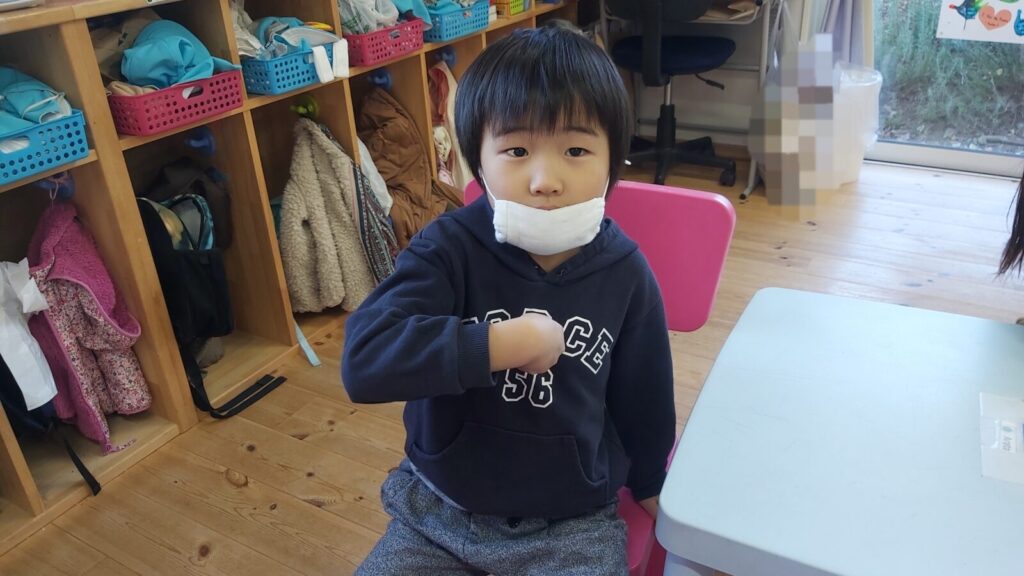

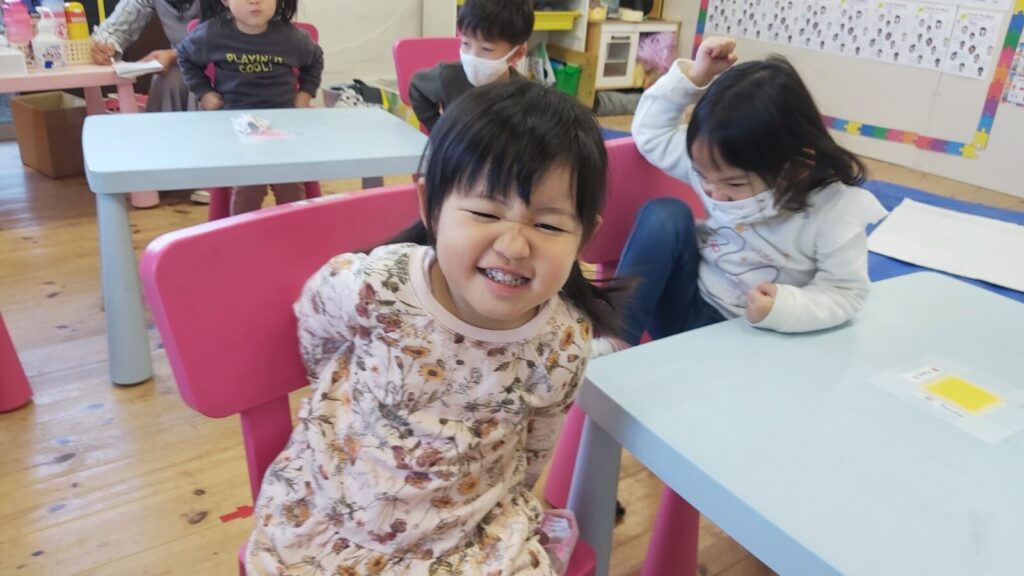

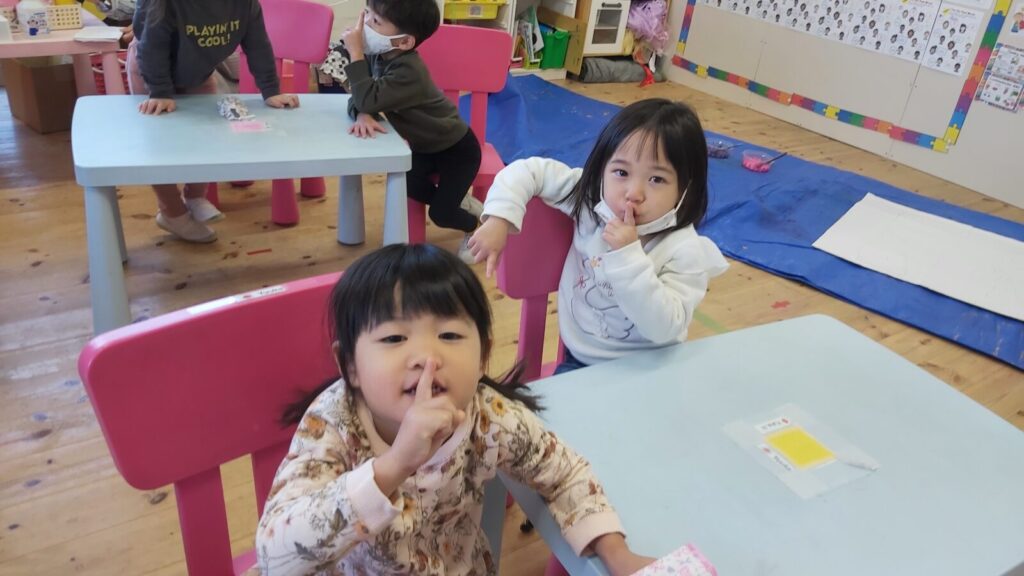
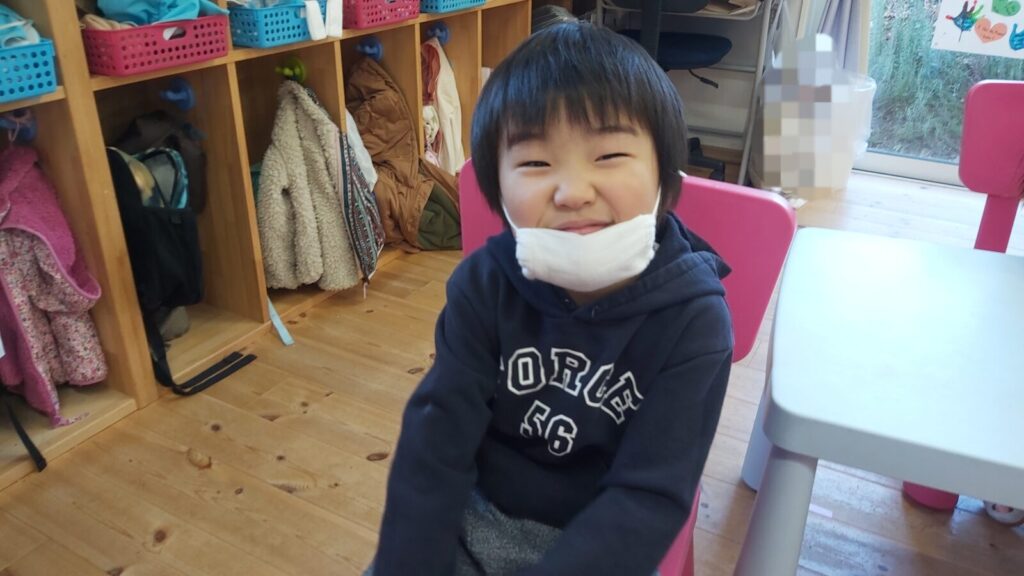
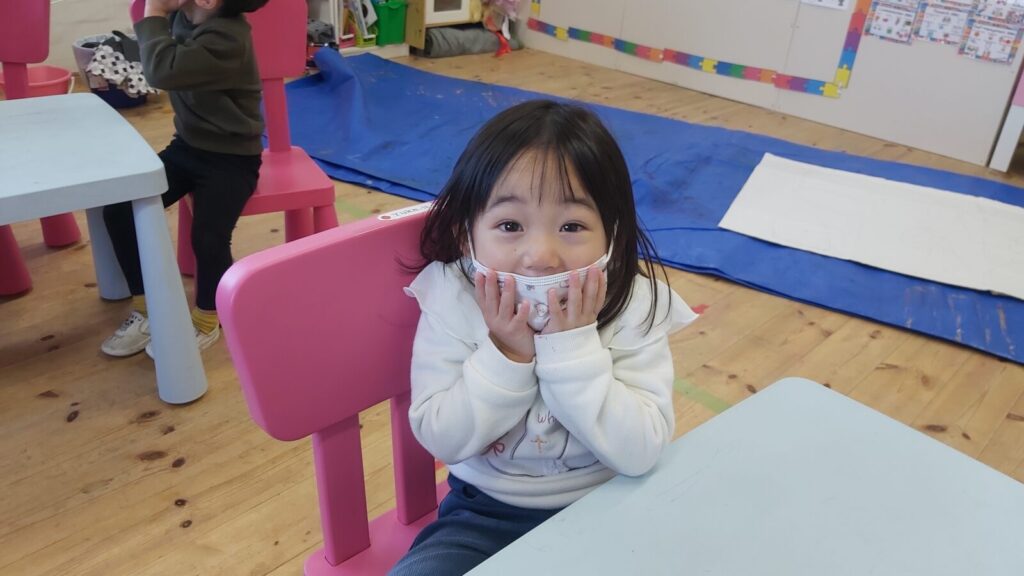
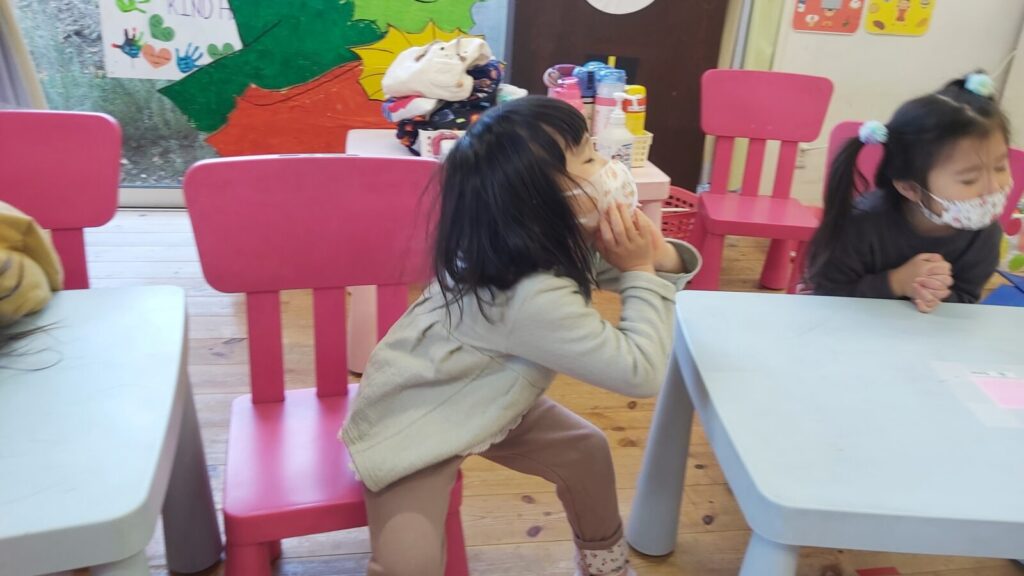
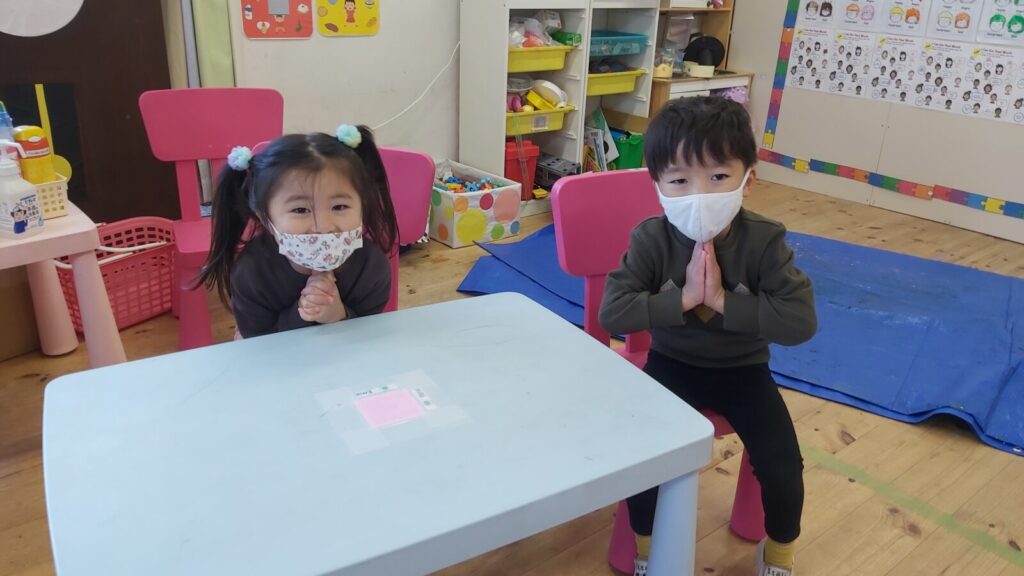
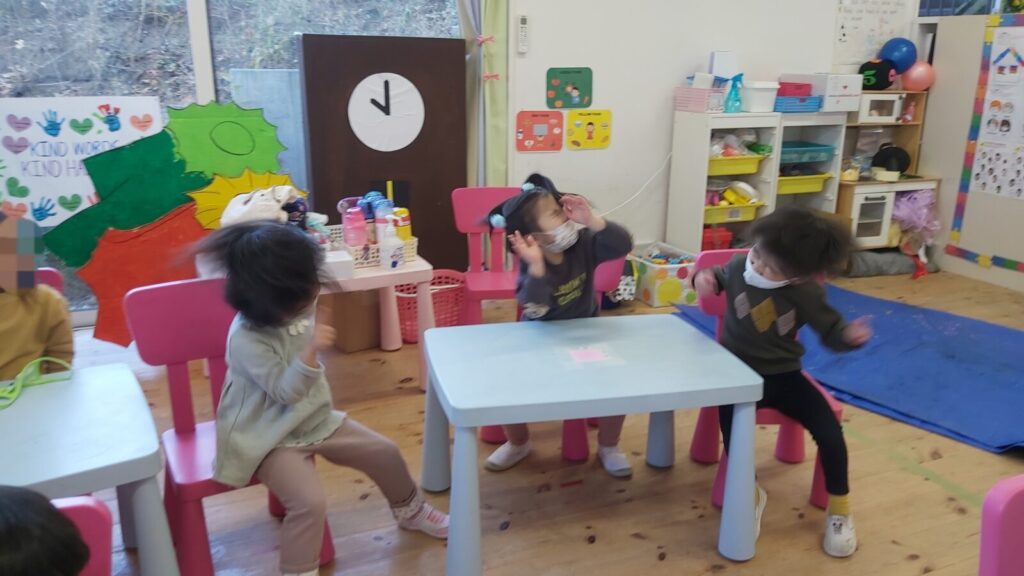
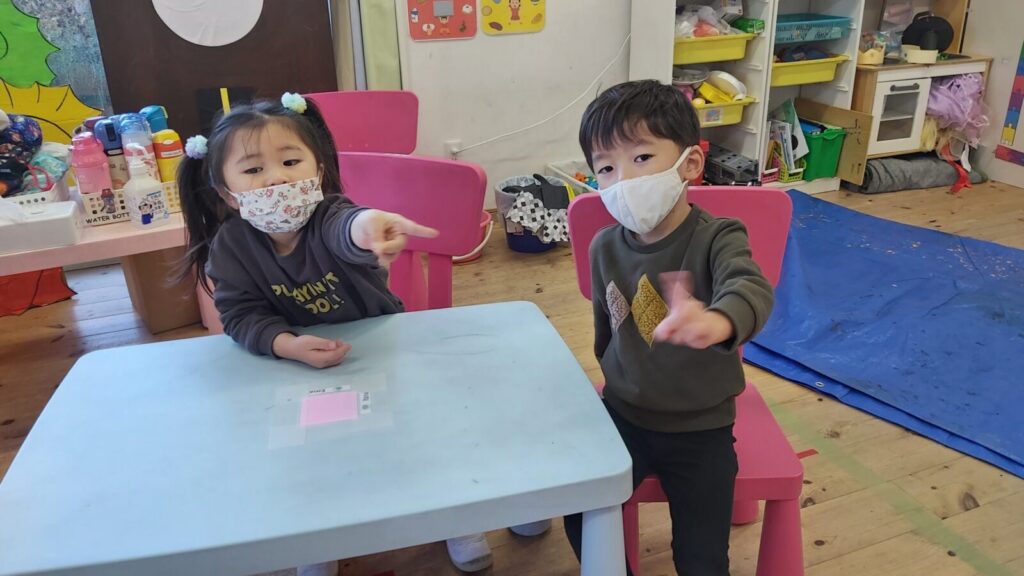

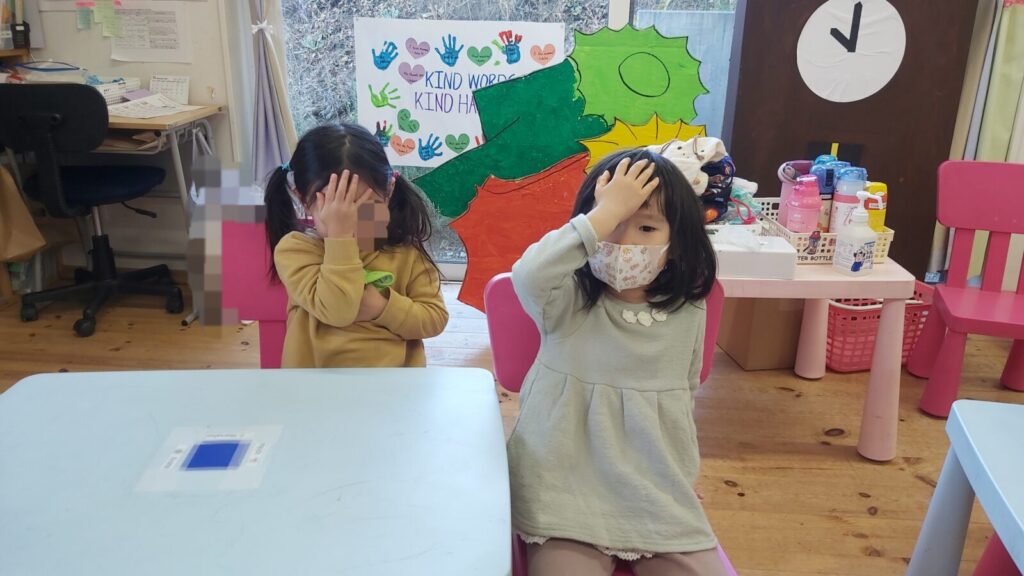
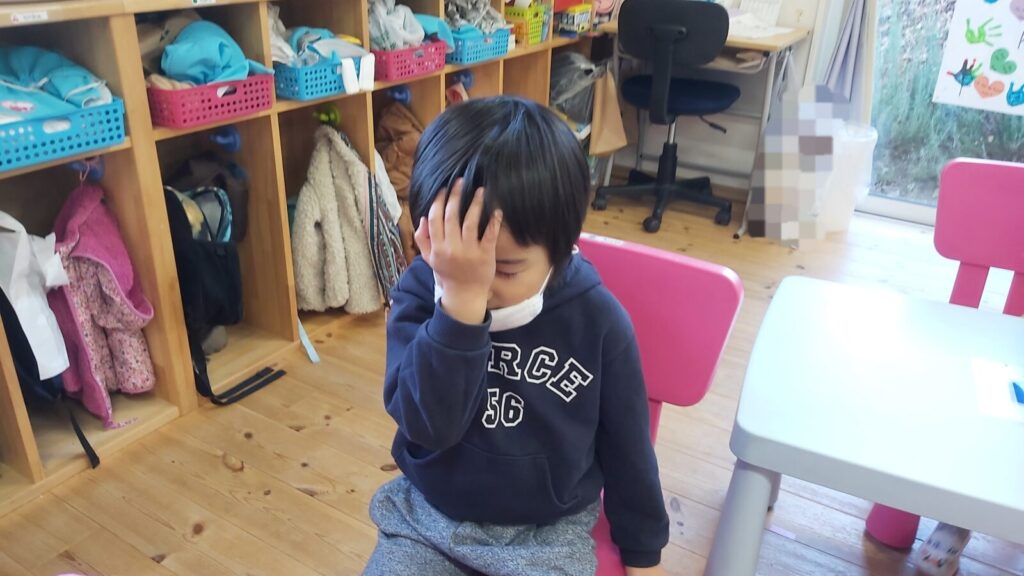
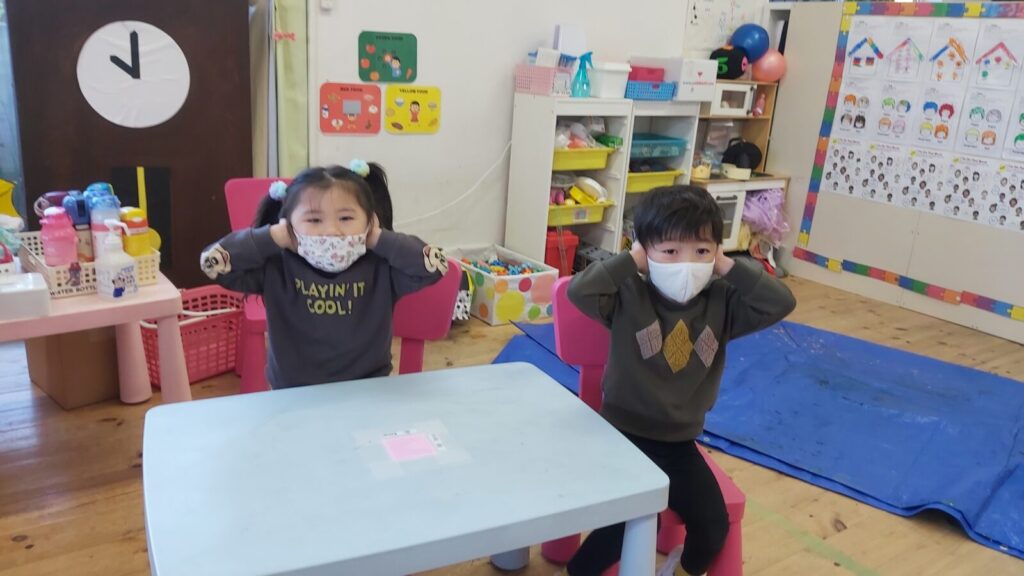
We started making props for our play in the Christmas show. They painted a big box which is going to be a clock, and pictures of shoes and clothes. Their kind hands were able to share paint and brush, and worked together to finish their task. Well done!
私たちはクリスマスショーで演じるための小道具を作り始めました。時計になる大きな箱や、靴や洋服の絵を塗りました。優しい手つきで、絵の具や筆を分け合い、協力して作業を進めていきました。よくできましたね。
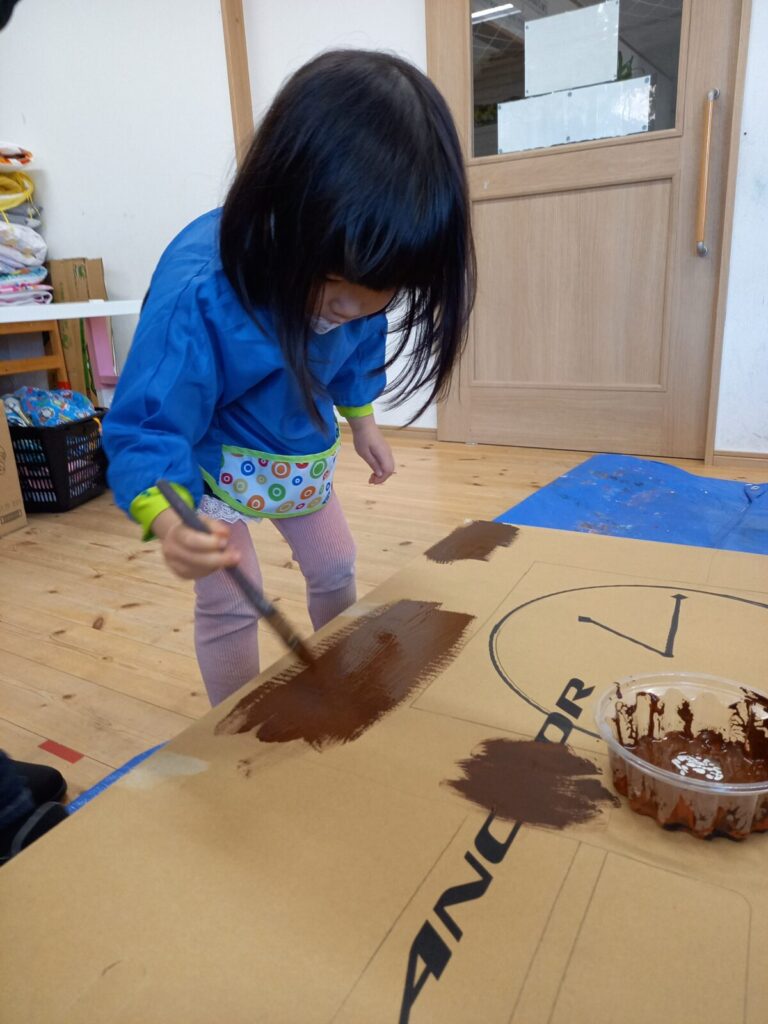

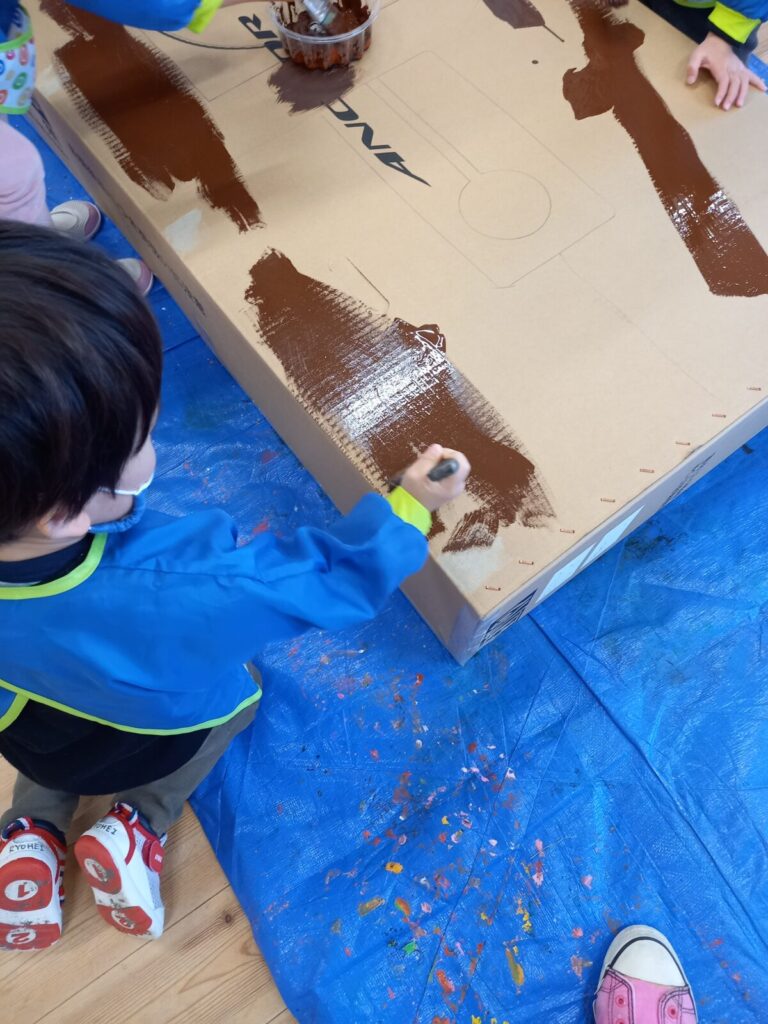
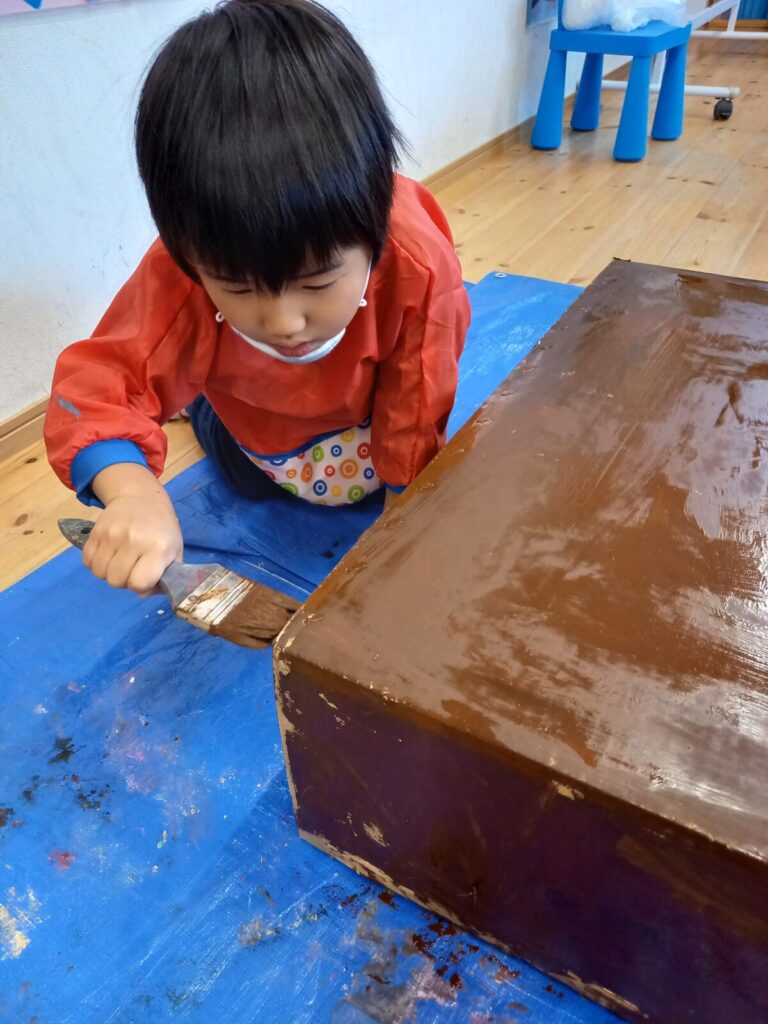
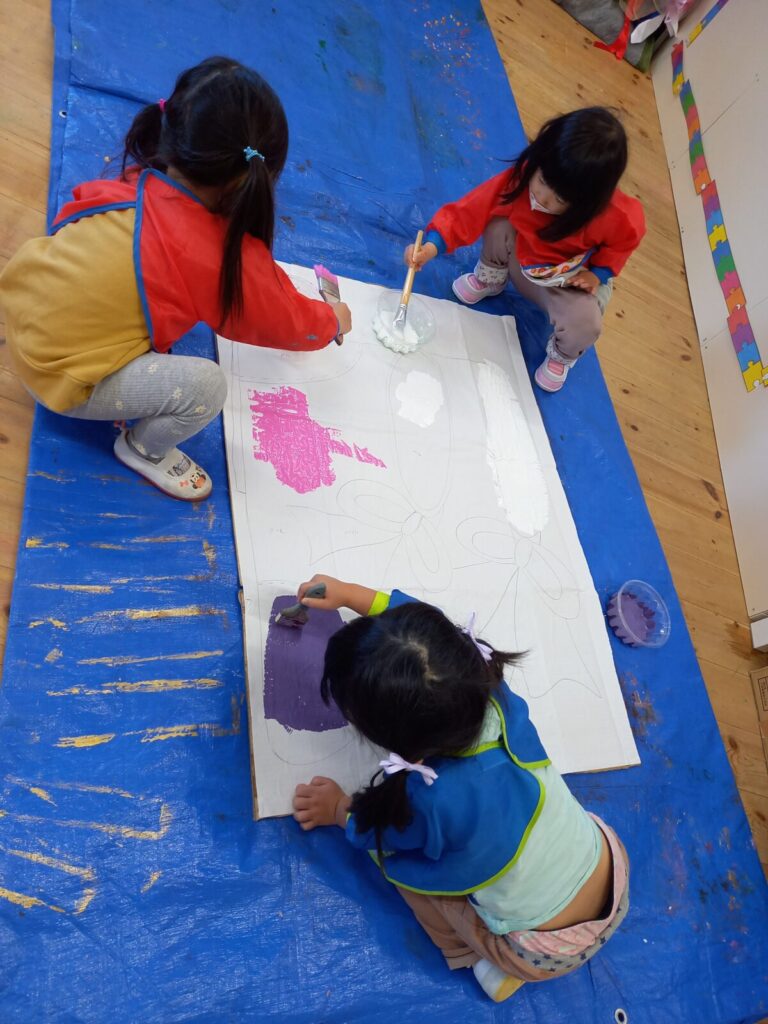
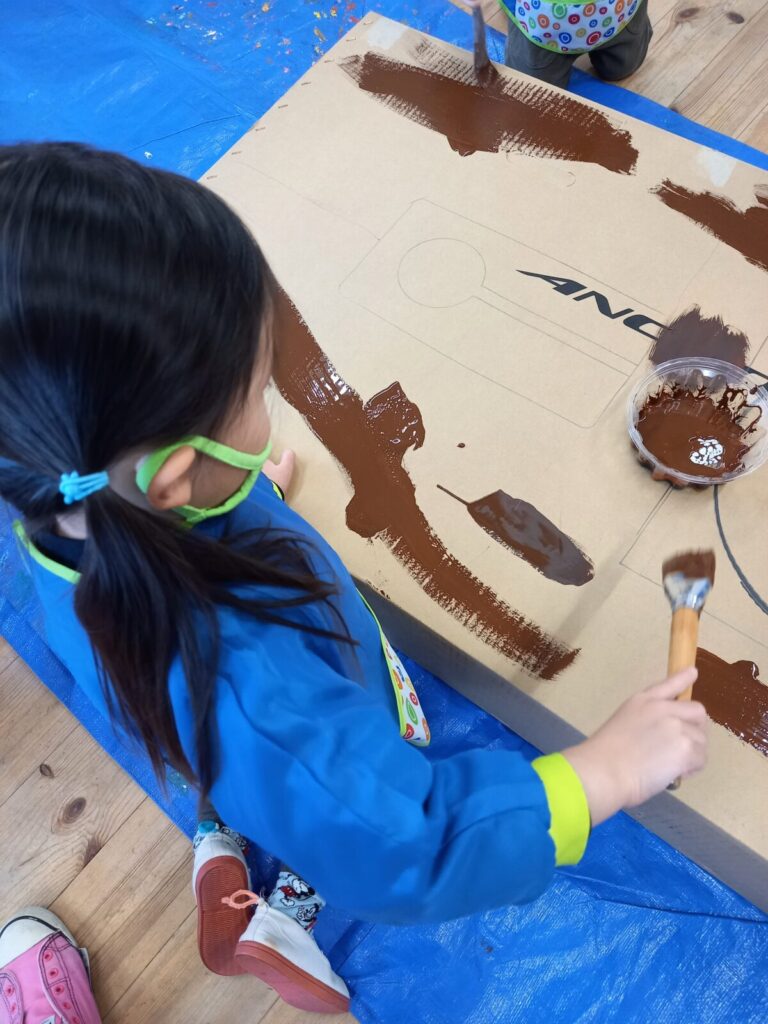
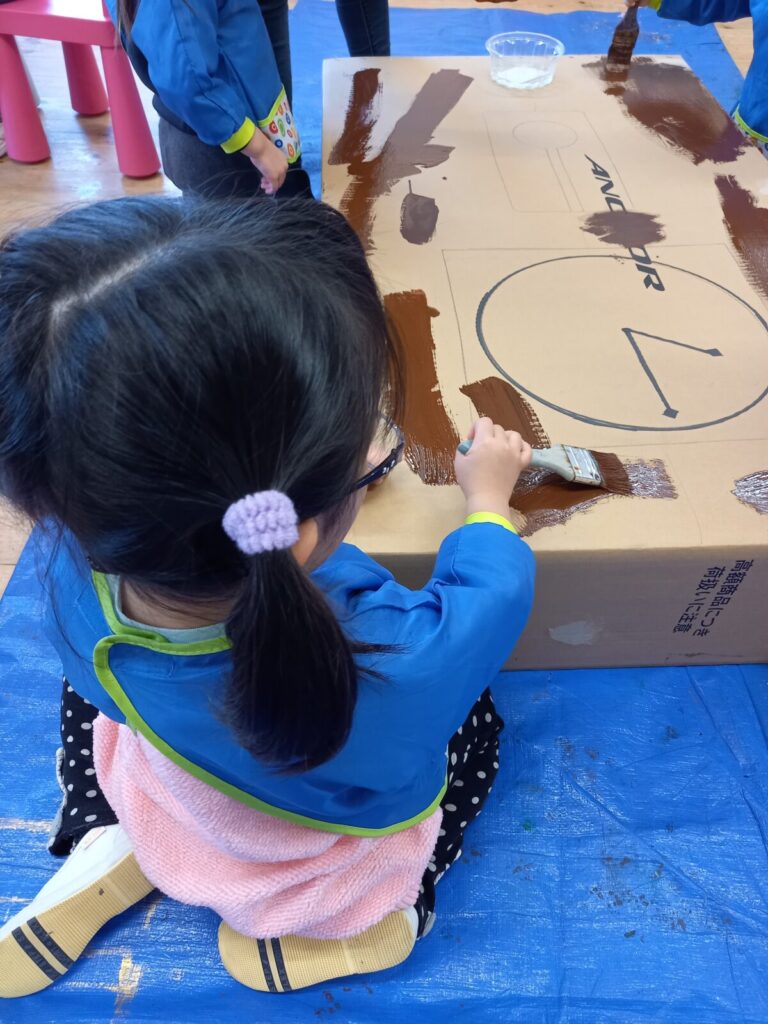
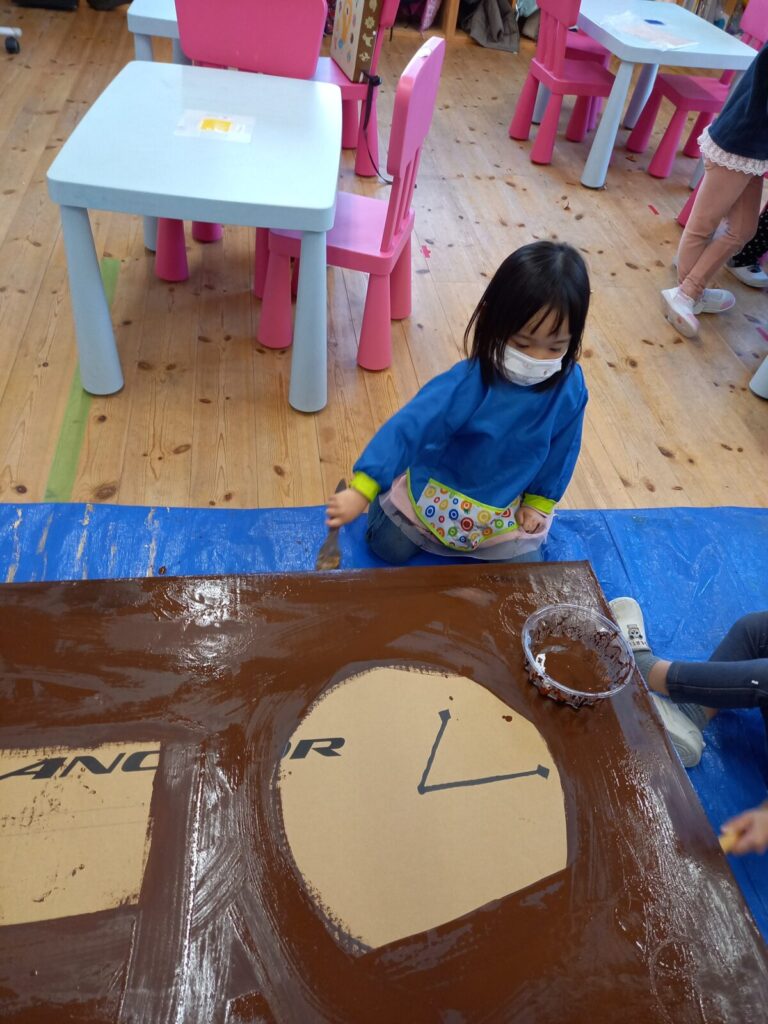
Time flies. We only have a month before our Christmas show. We are glad to see how our boys and girls’ performance improve in our practices. We are very excited to show you how they act, sing, and dance!
時が経つのは早いですね。クリスマスショーまであと1ヶ月です。練習を重ねるごとに、男の子と女の子のパフォーマンスが上達していくのが嬉しいです。私たちは、子どもたちがどのように動き、歌い、踊るかを皆さんにお見せできることをとても楽しみにしています。

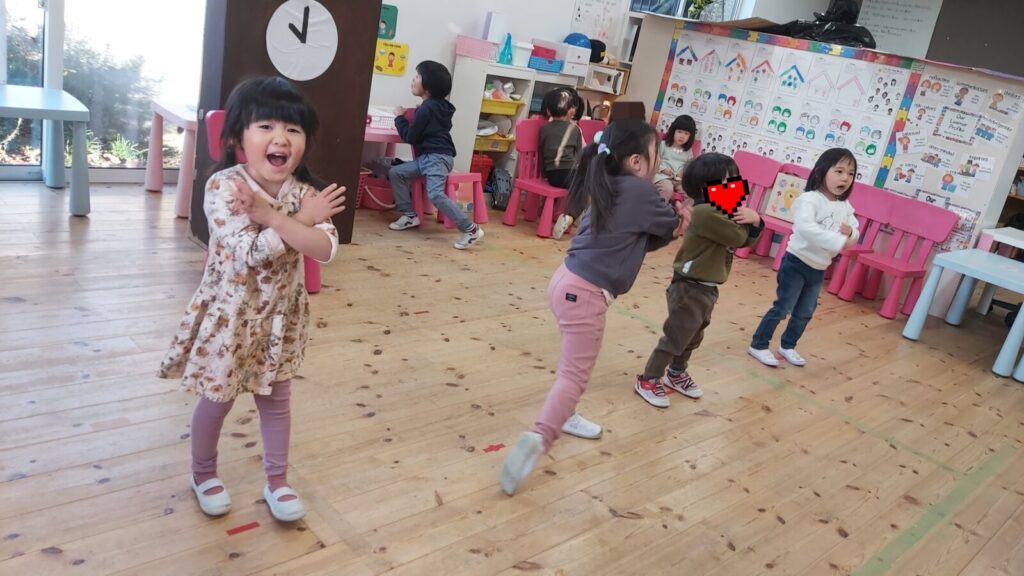
In Phonics, we learned about uppercase and lowercase letters Dd, Ee, and Ff. We did matching activities on the board and their favorite Ice Cream matching activity.
フォニックスでは、大文字と小文字のDd、Ee、Ffについて学びました。ボードの上でマッチングアクティビティや、子どもたちの好きなアイスクリームのマッチングアクティビティをやってみました。
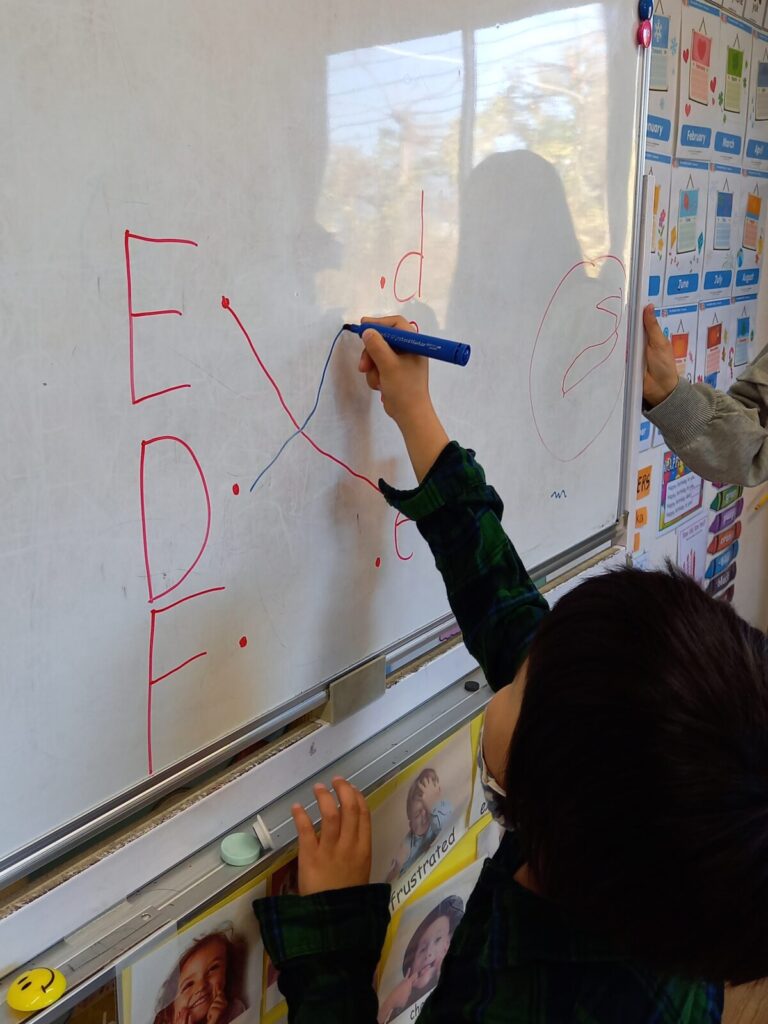
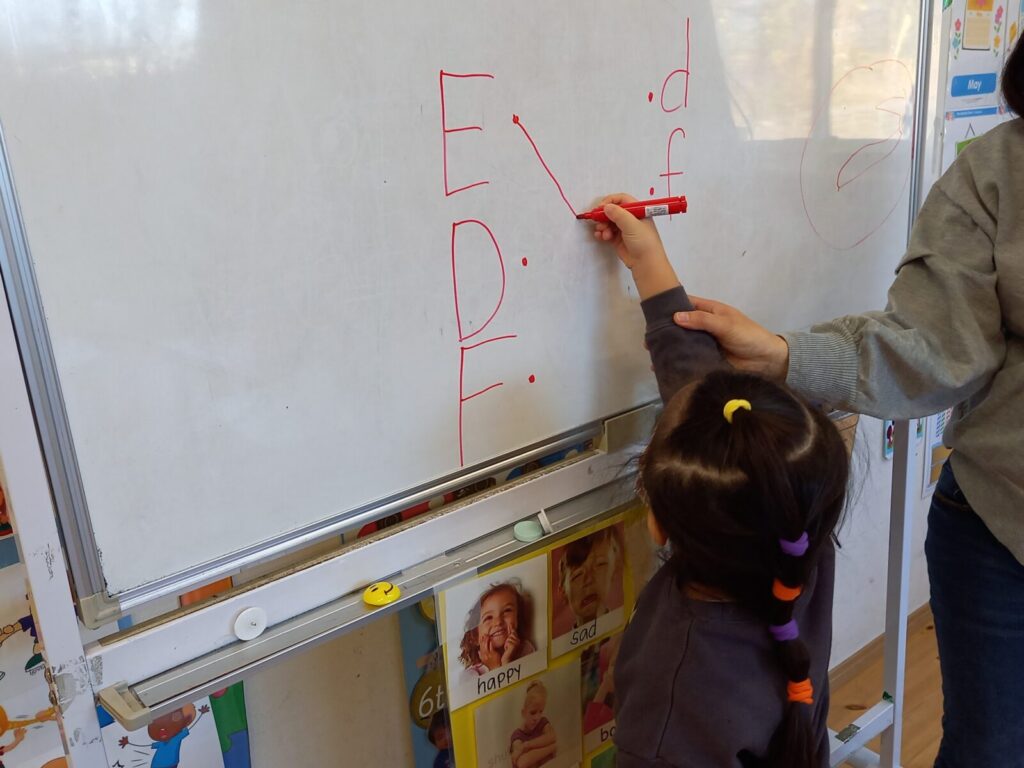
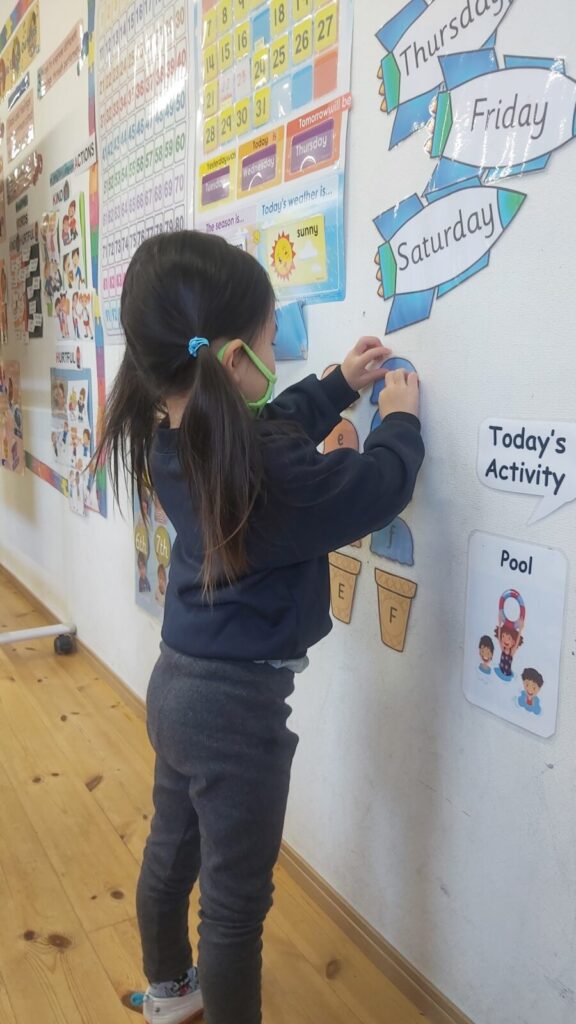
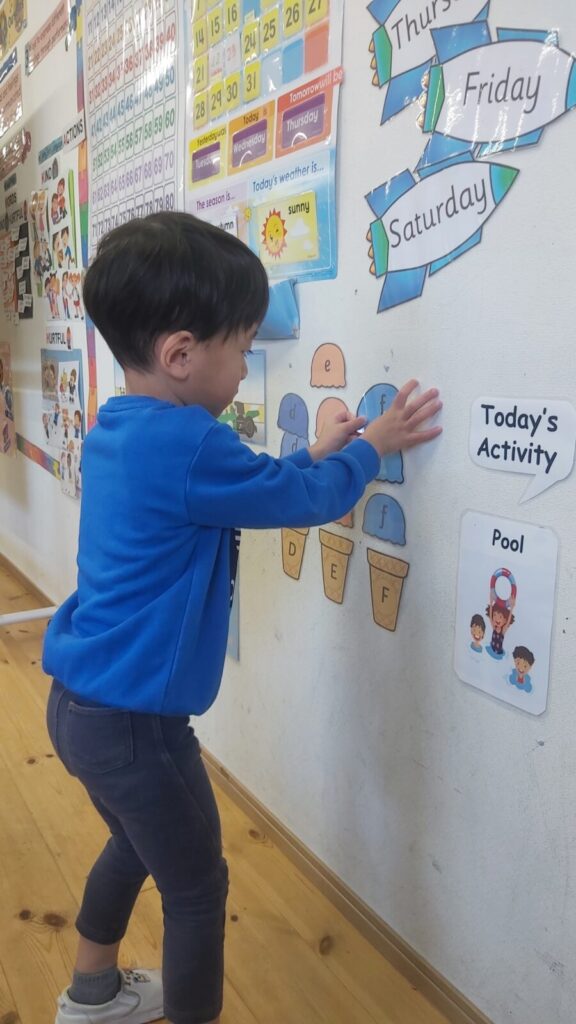

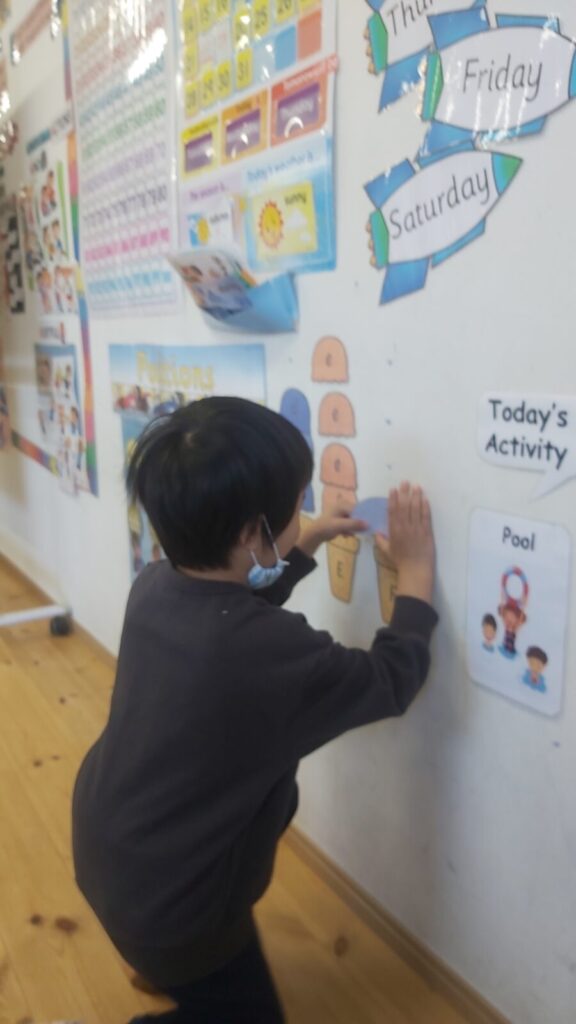
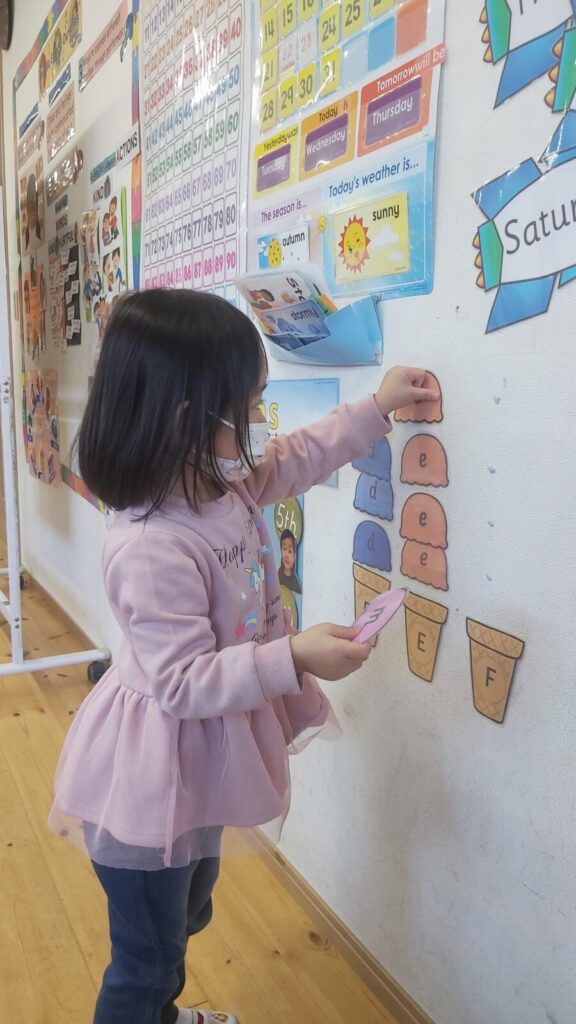
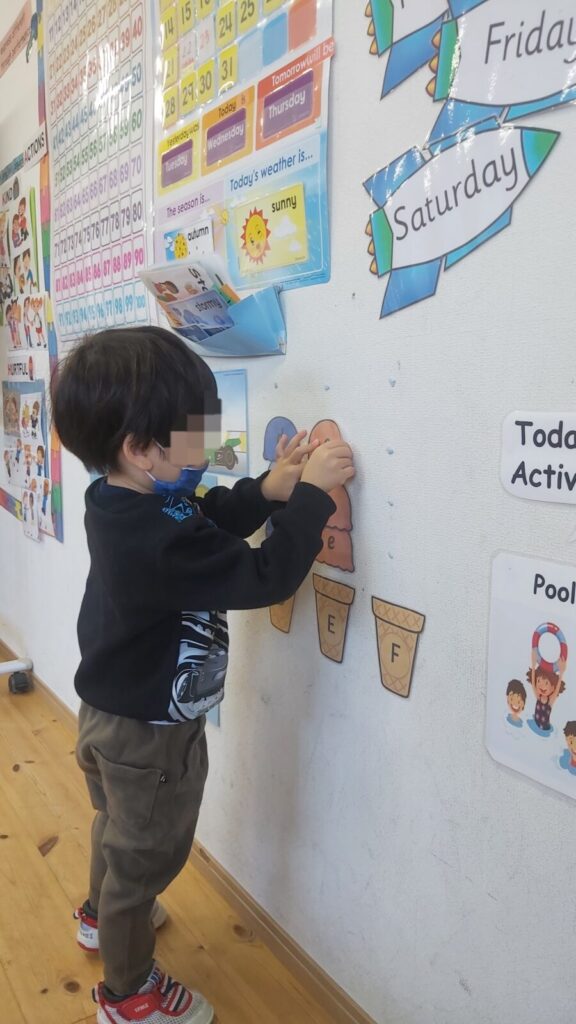
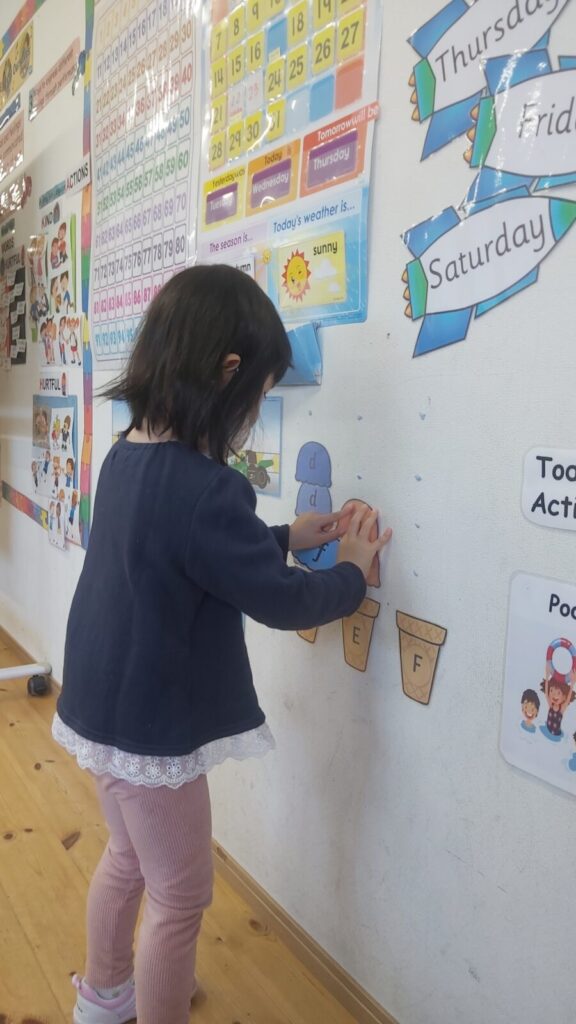

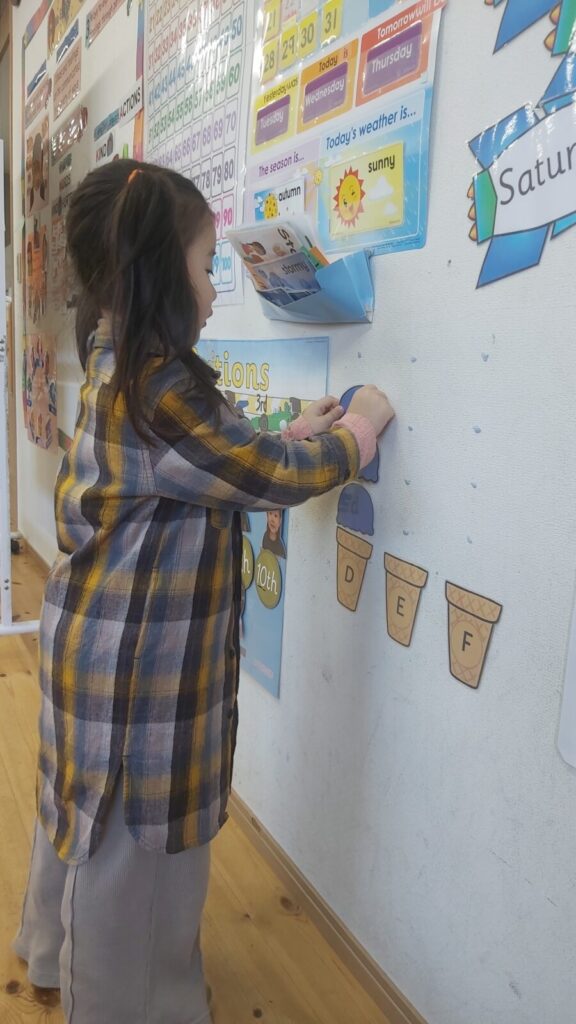
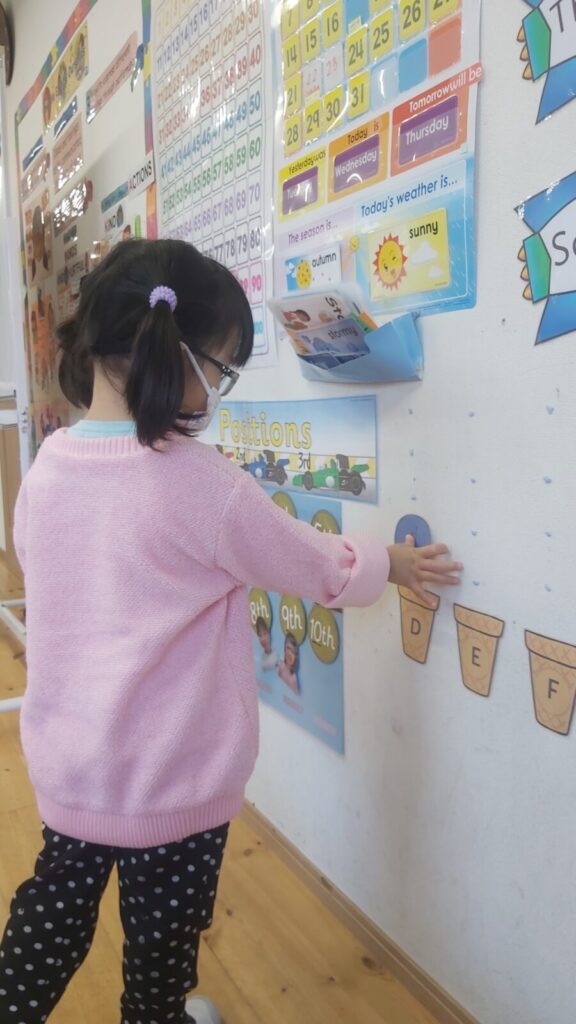
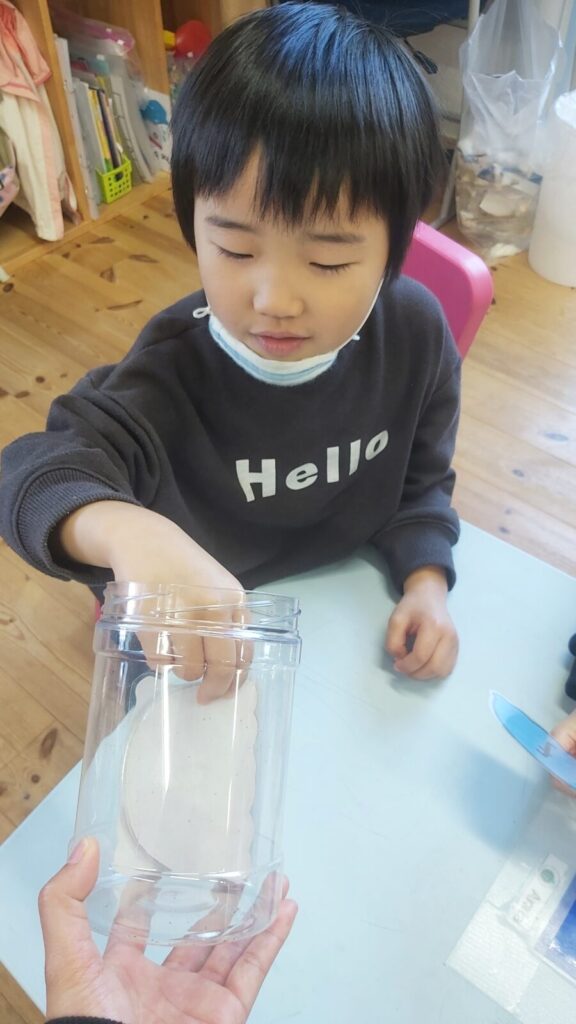

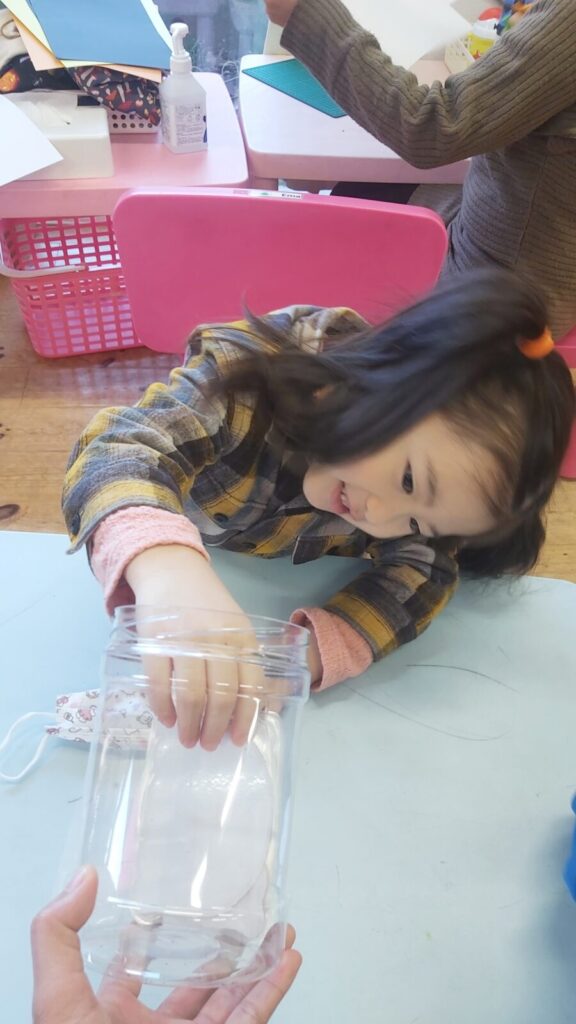

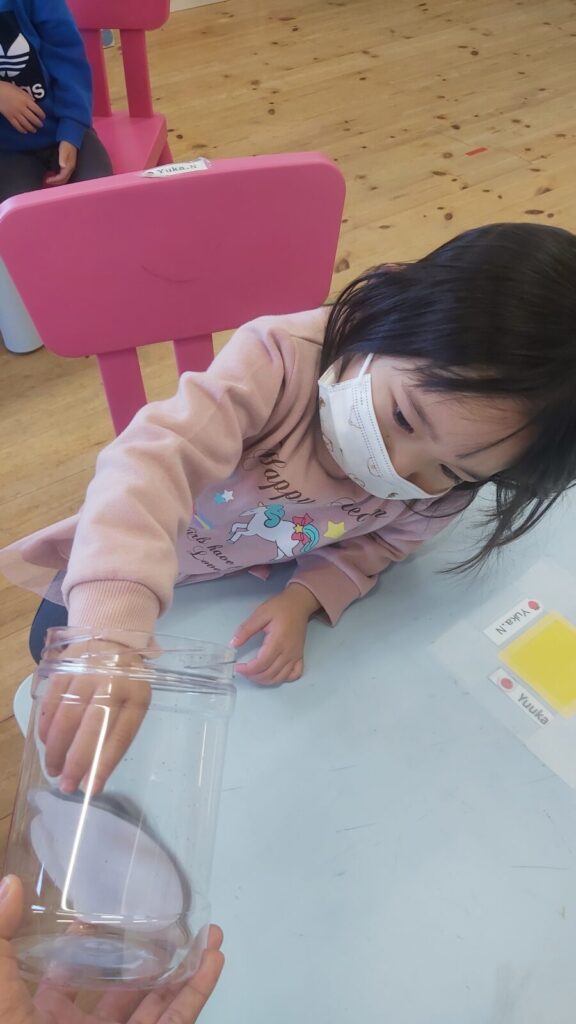
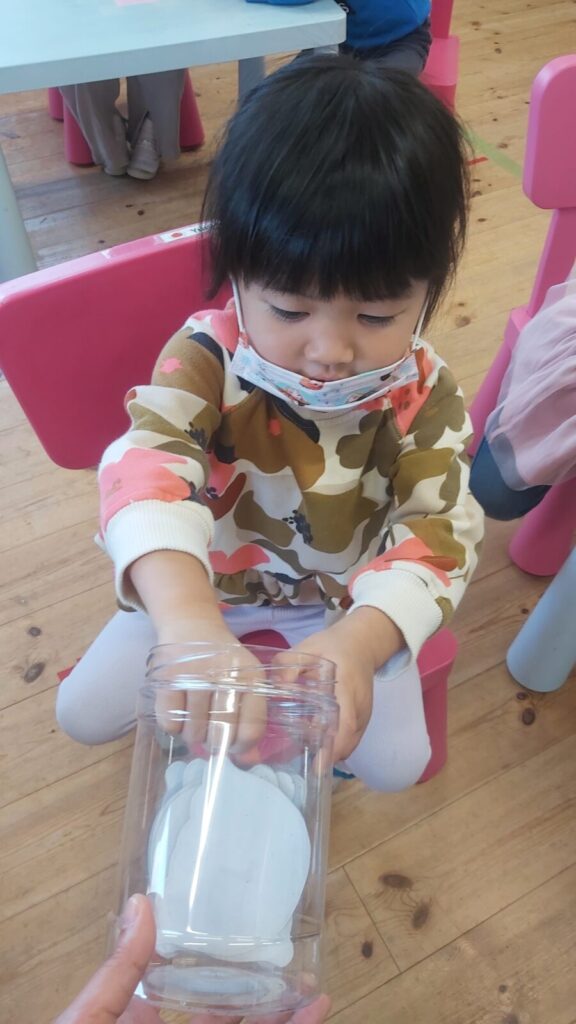
In writing, they practiced writing uppercase and lowercase Bb. In order to write it properly, they had to follow the number and arrow guides in writing it. The teacher watched them closely to make sure they could follow and write it correctly.
ライティングでは、大文字と小文字のBbを書く練習をしました。正しく書くためには、数字と矢印のとおりに書く必要がありました。先生は、子どもたちが正しく書くことができるかどうかをよく見ていました。
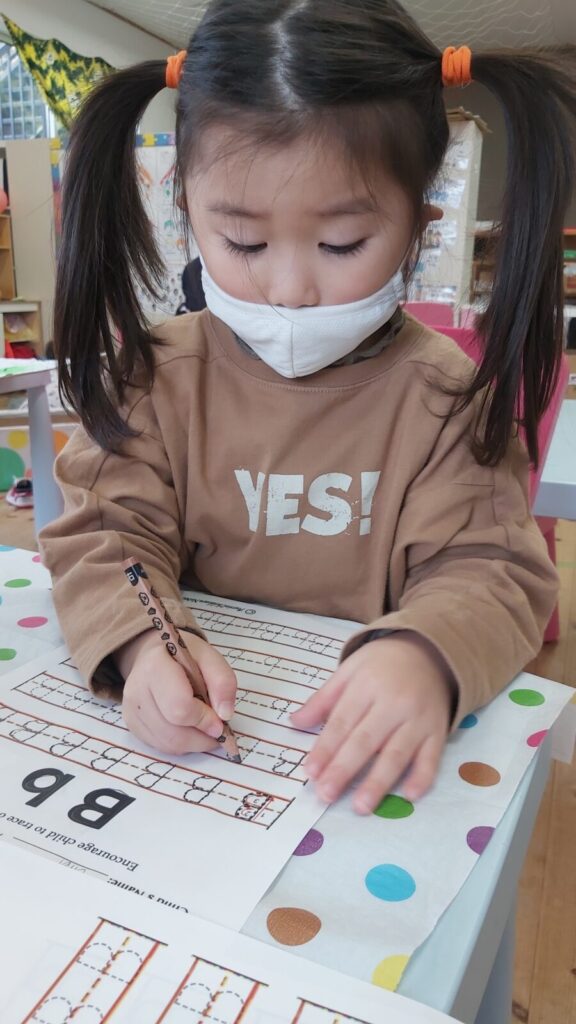
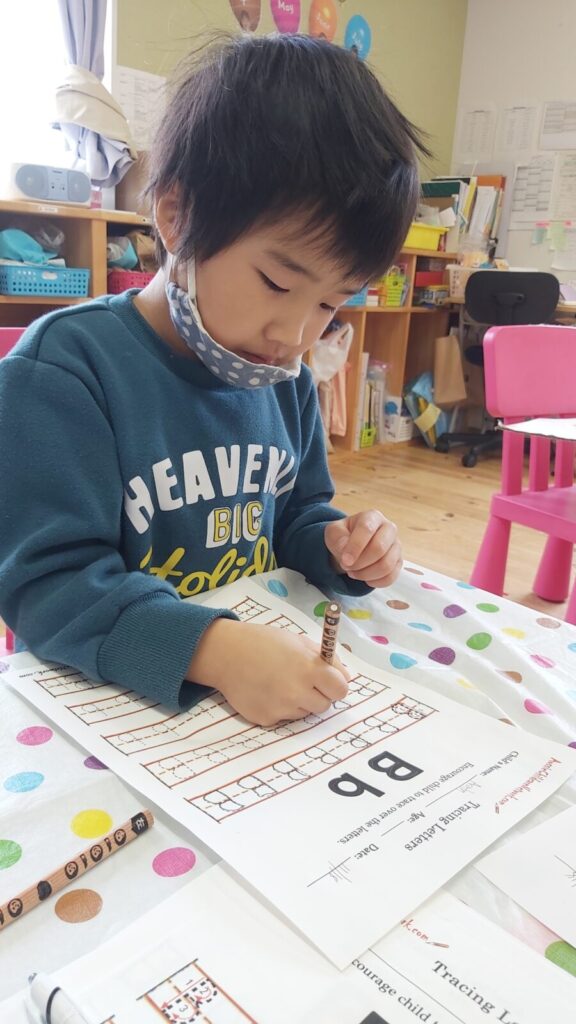
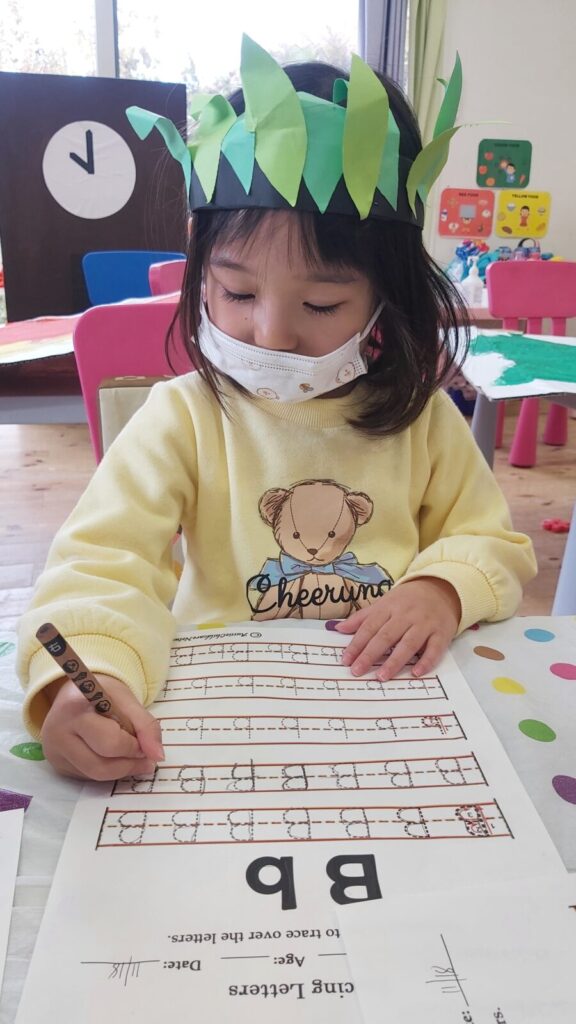
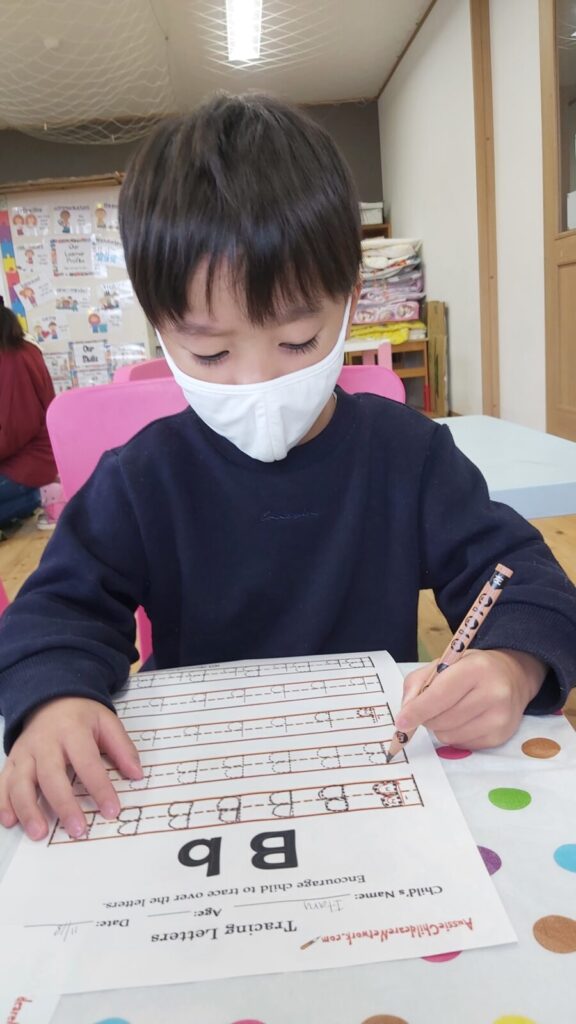

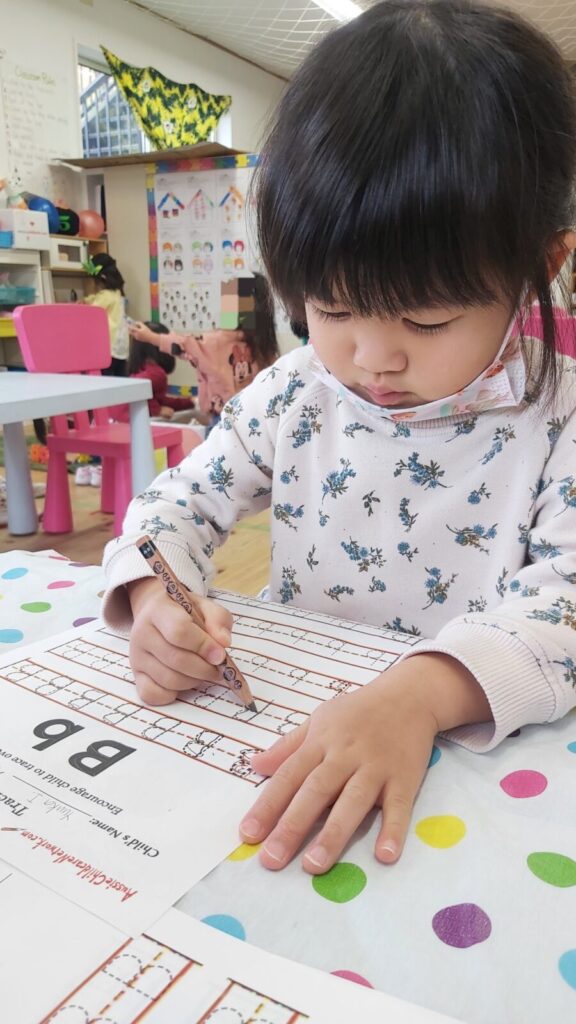
Last week, we started doing an assessment in Phonics and Math. This is a one on one assessment for students to assess if they can name letters and tell its sound, recognize numbers, and sequence numbers 1-10. So far, most students have shown good results in this assessment.
先週からフォニックスと算数の評価を始めました。これは、子どもたちが1対1で、文字の名前とその音を言えるかどうか、数字を認識できるかどうか、1~10の数字を並べられるかどうかを評価するものです。これまでに、ほとんどの子どもたちがこの評価で良い結果を出しています。
We had our Music class on Thursday and we are still working on the DO and RE keys on their pianica. We use our daddy finger to press DO and mommy finger for RE. We try to follow this sequence: DO, RE, DO…DO, RE, DO…DO, RE, DO, RE, DO, RE, DO. It would be great if you can practice this at home with our little ones!
木曜日には音楽の授業があり、ピアニカのドとレを、親指でド、人差し指でレを押しています。私たちはこの順序に沿うようにしています。ド、レ、ド…ド、レ, ド、…ド, レ, ド、 ドレドレドレド。お家でも、お子さんと一緒に是非練習していただけると嬉しいです。
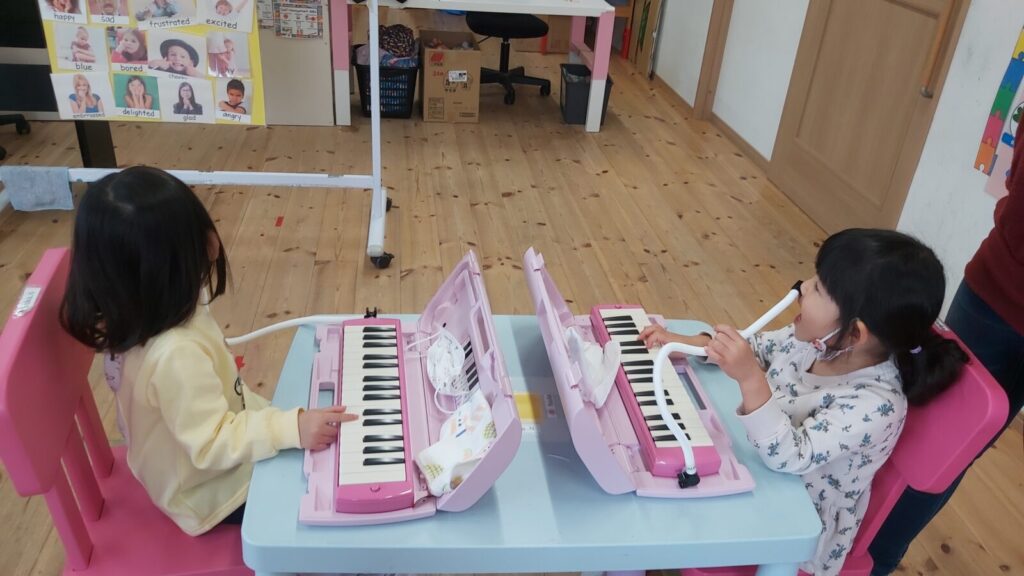
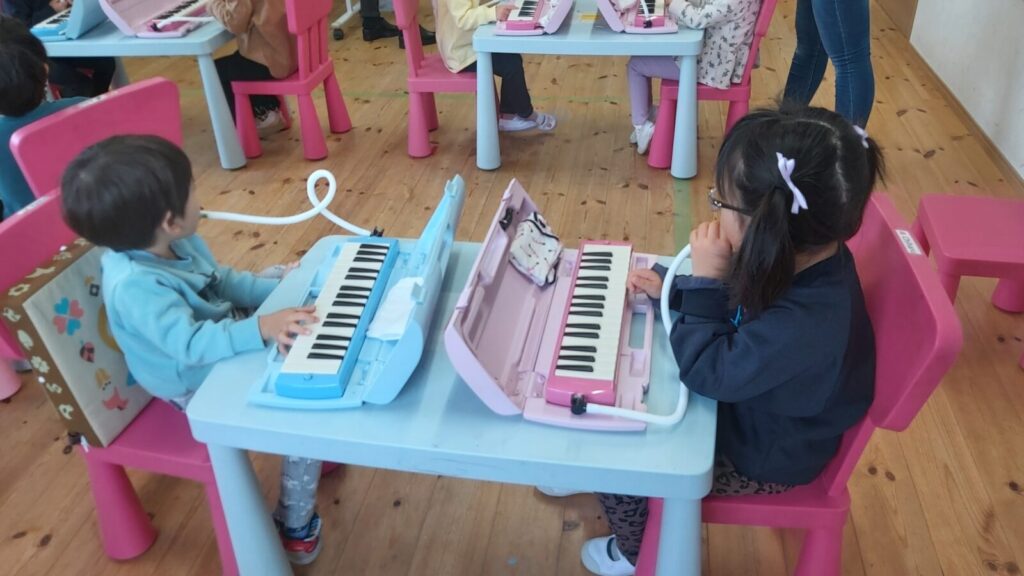
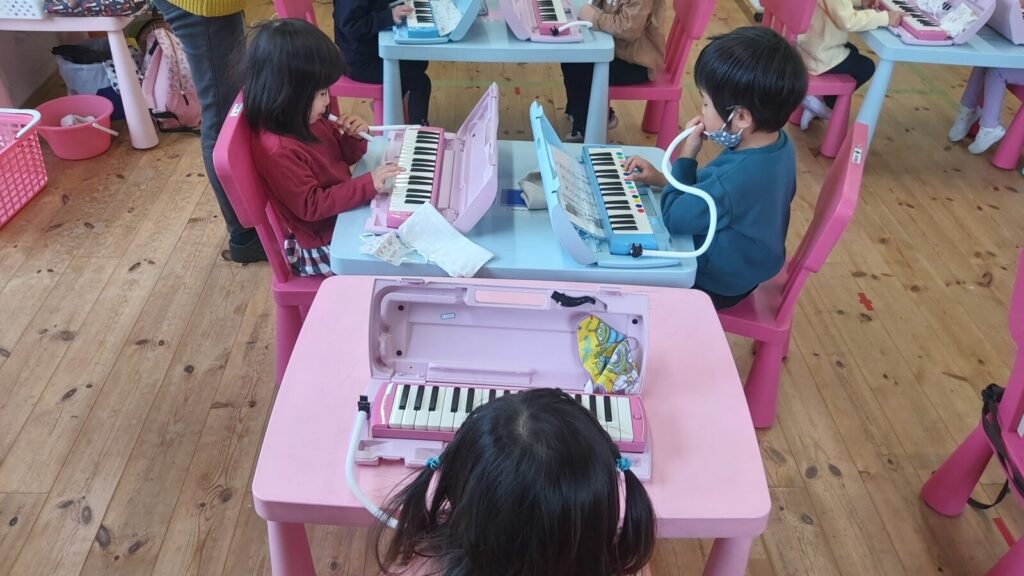
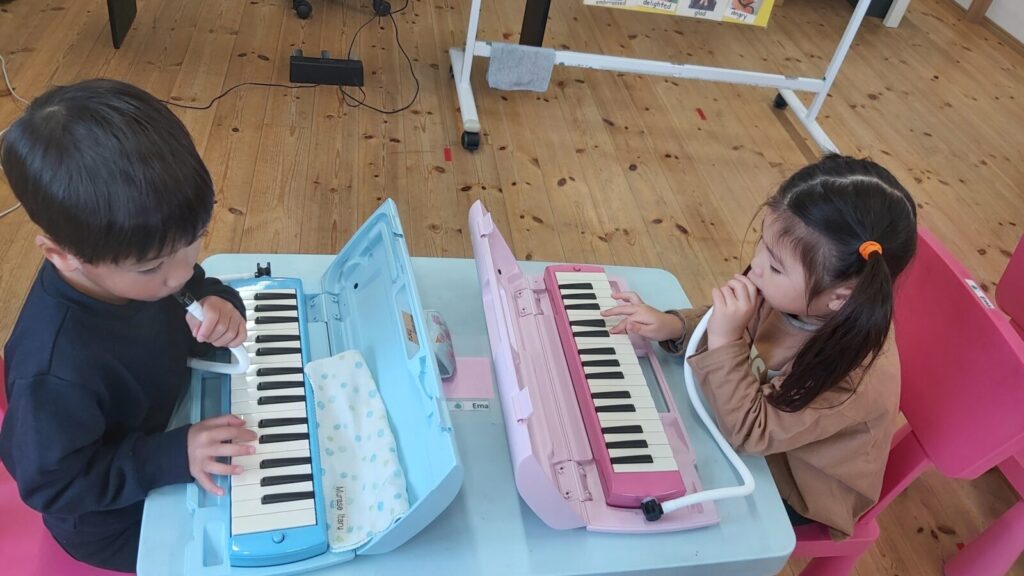
We have a day to go to the park and enjoy playing at the playground. On other days, we go for a walk and/or play outdoors. We have this new game called “What’s the time, Mr. Wolf?” There would be two students to play as wolves and other students would be the players who would ask the wolves for the time. They can say, “What is the time, Mr. Wolf?”. Then the wolves would call a time, which is going to be the number of steps the players have to take. When the wolves say, “It’s dinner time!”, the wolves have to chase the players and pretend to eat them for dinner.
公園に行ったり、園庭で楽しむ日もあります。他の日には、散歩に行ったり、屋外で遊んだりします。”What’s time, Mr. Wolf? “という新しいゲームがあります。二人の子どもたちがオオカミになり、他の子どもたちがオオカミに時間を尋ねるプレイヤーになります。子どもたちは「狼さん、今何時ですか」と言うことができます。そうすると、オオカミはプレイヤーが歩く歩数の数になる時間を呼びます。狼が「夕ごはんの時間だよ!」と言ったら、狼はプレイヤーを追いかけて、夕食(プレイヤーの子どもたち)を食べるふりをしなくてはいけません。
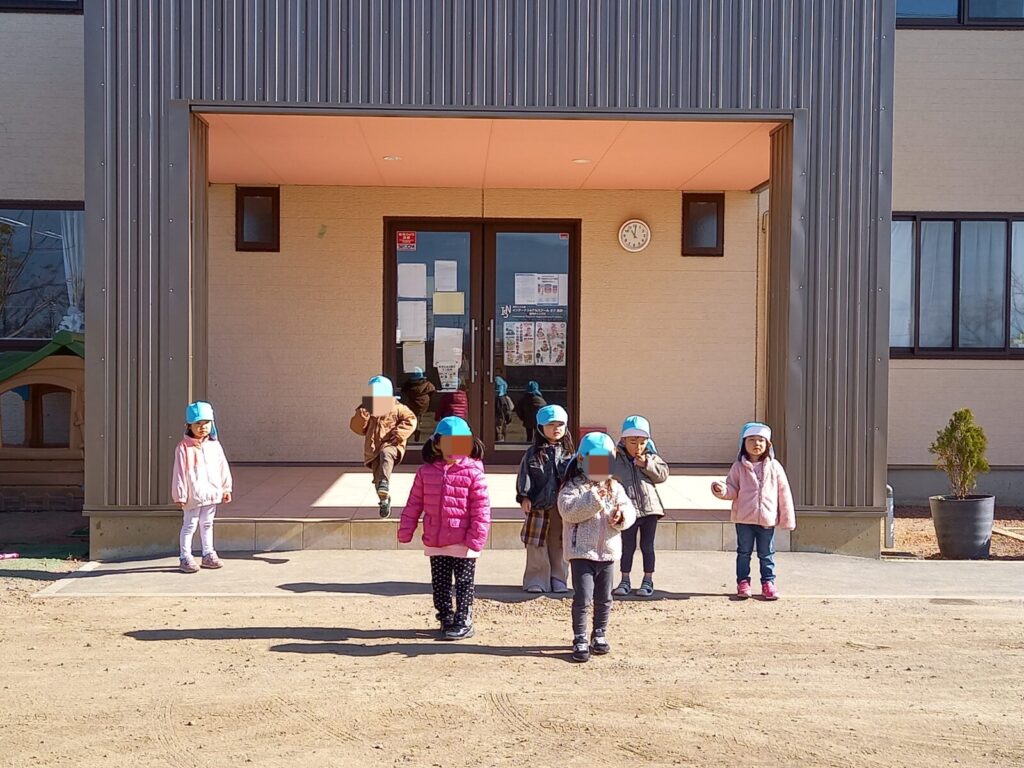
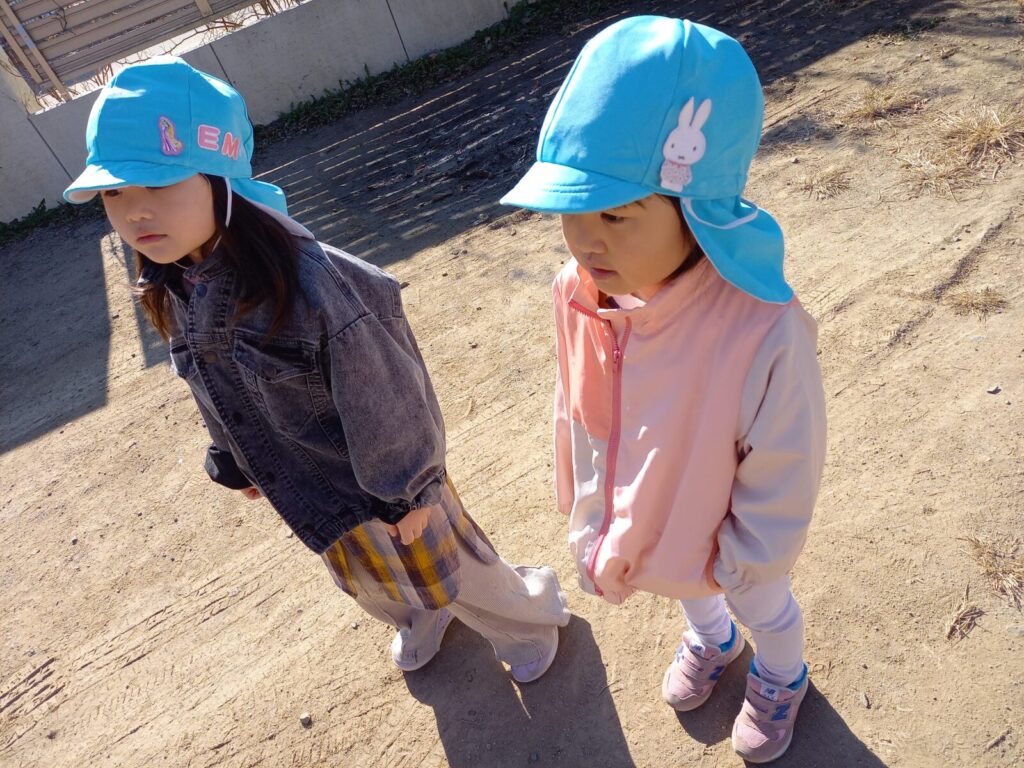
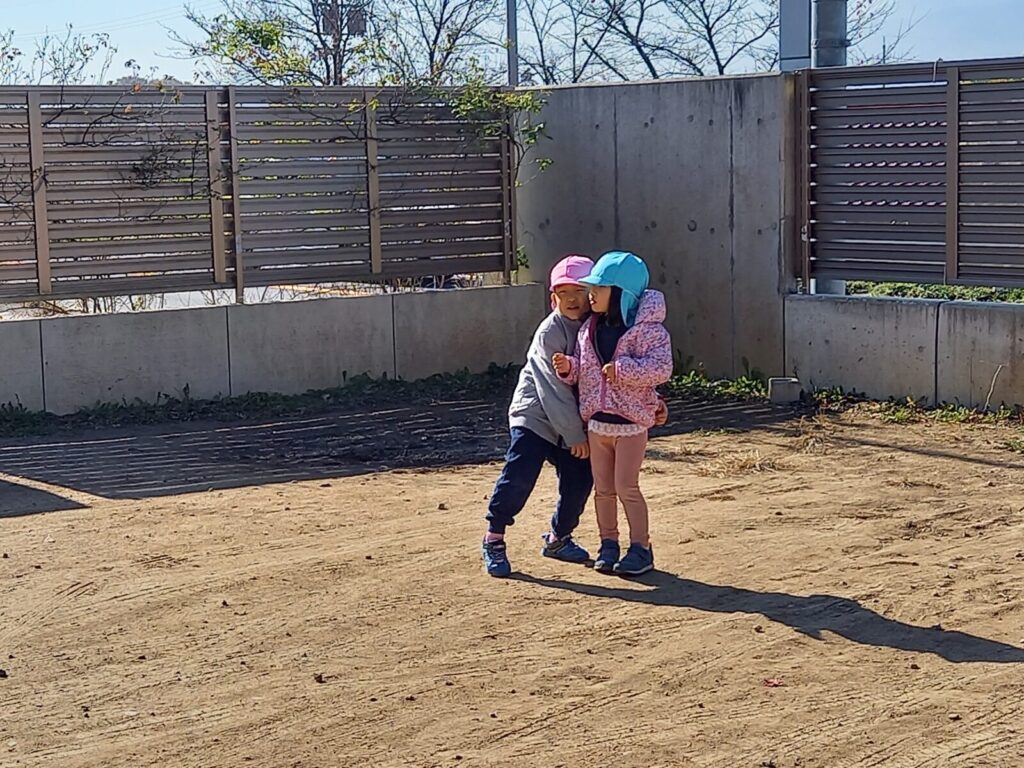

What’s the Time, Mr Wolf? is a chasing game which involves listening, counting and gross motor skills. It also promotes the use of language about time.
What’s the Time, Mr Wolf? は、聞く力、数を数える力、そして総体的な運動能力を伴い追いかけっこをするゲームです。また、時間に関する言葉の使い方を促します。
That’s all about this week! Thank you for reading our blog and have a wonderful weekend!
今週はこれで終しまいです。ブログを読んでいただきありがとうございます!素敵な週末をお過ごしください。
